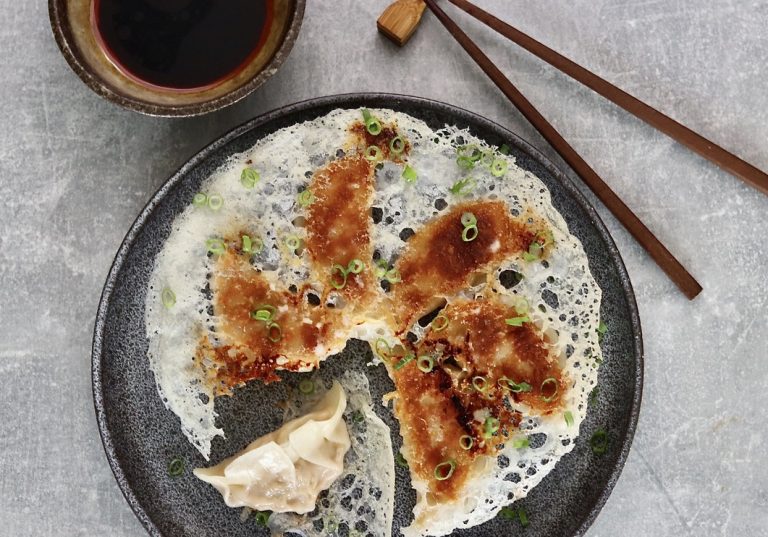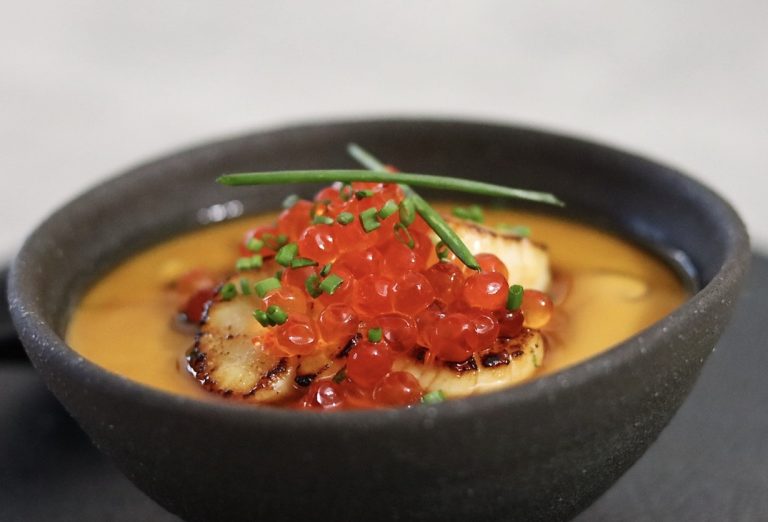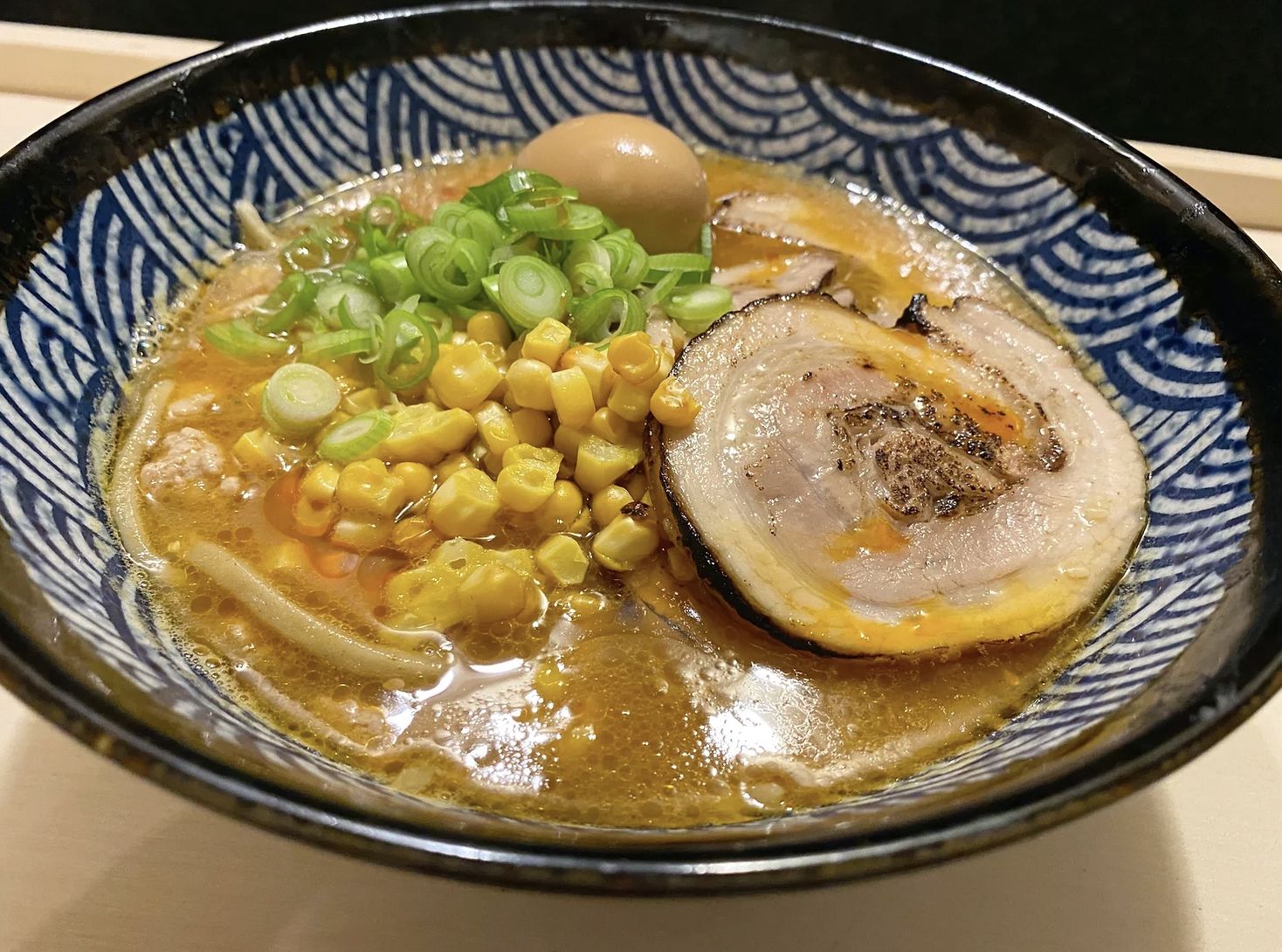
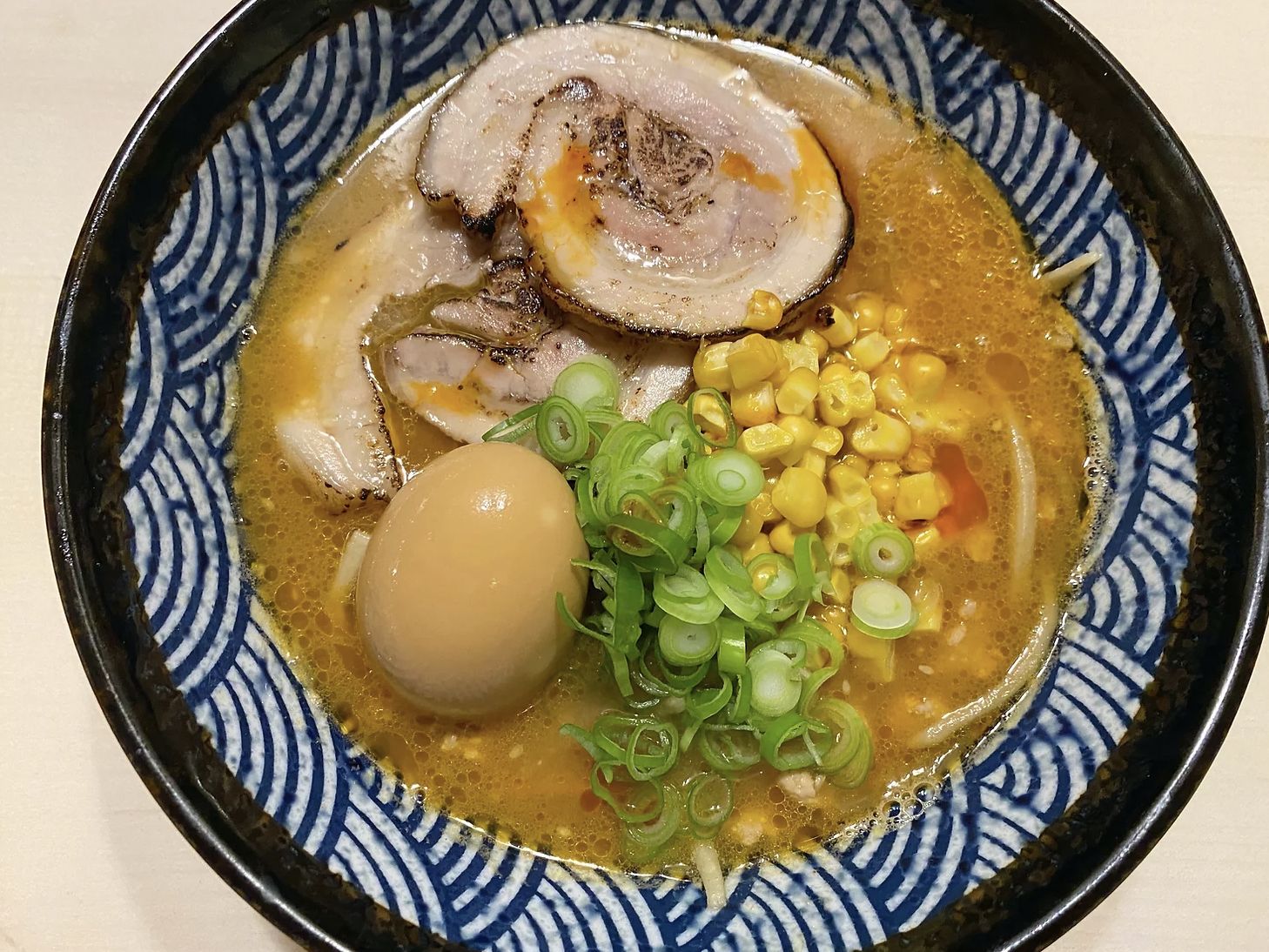
Intro:
Method:
Day 1:
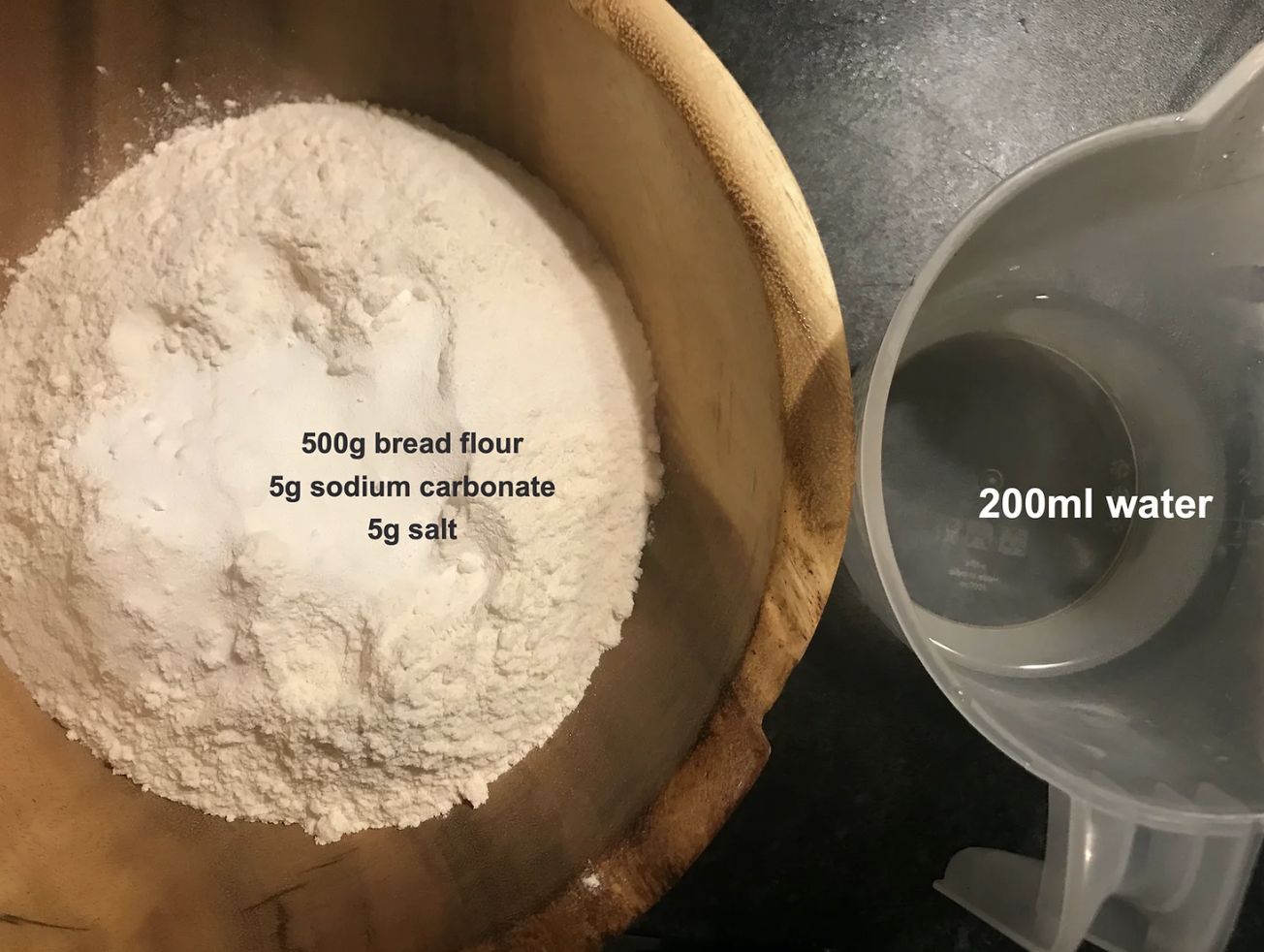
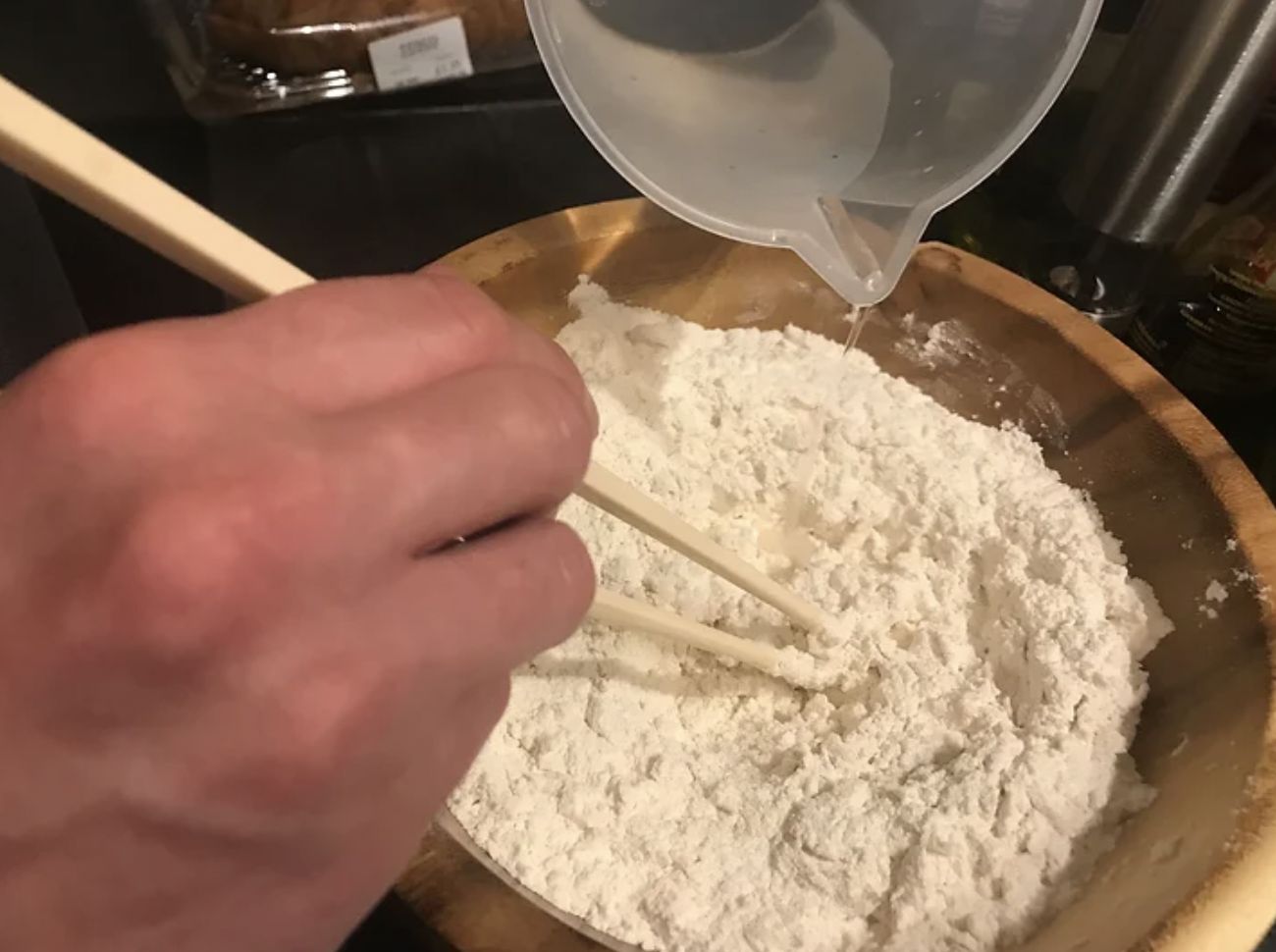
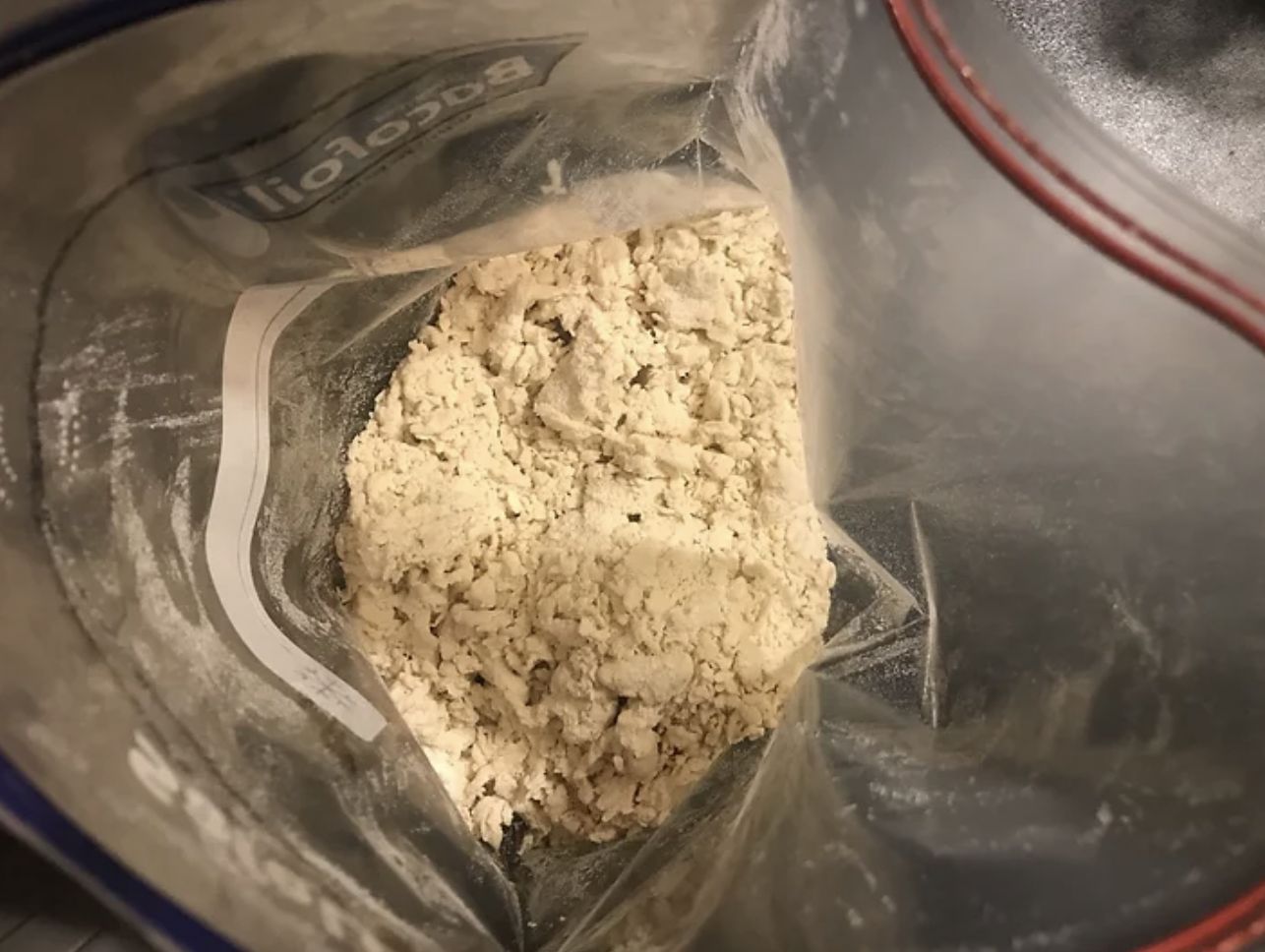
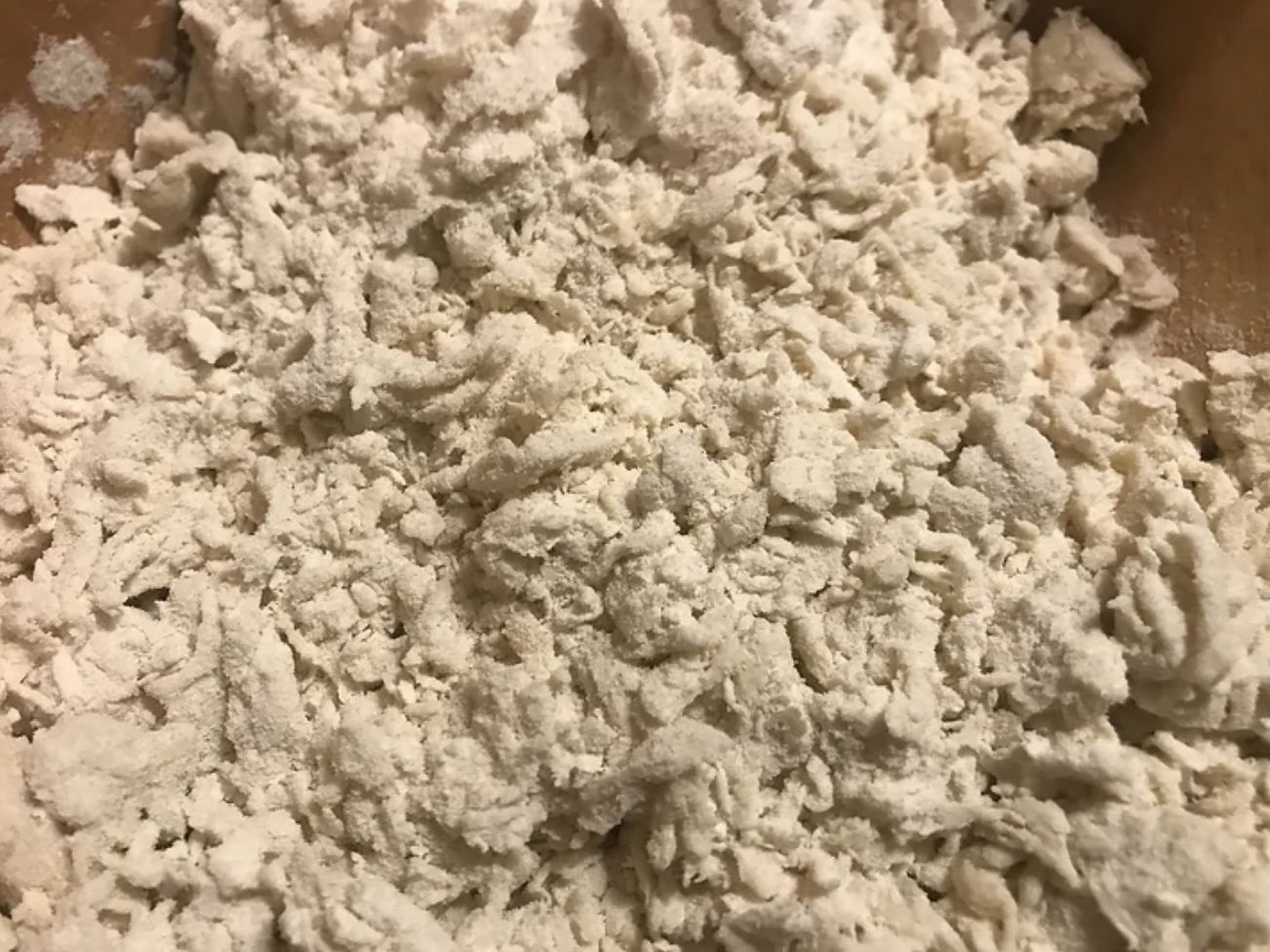
2. After 1/2 an hour of resting, work the dough in the ziplock bag so it starts to transform into a solid piece of dough (its common to place a towel over the ziplock bag and step onto the dough until its formed or you can use your hands if that seems a bit strange). When the dough is formed into a flat dough shape allow to rest in the zip lock bag again for a further 1/2 hour.
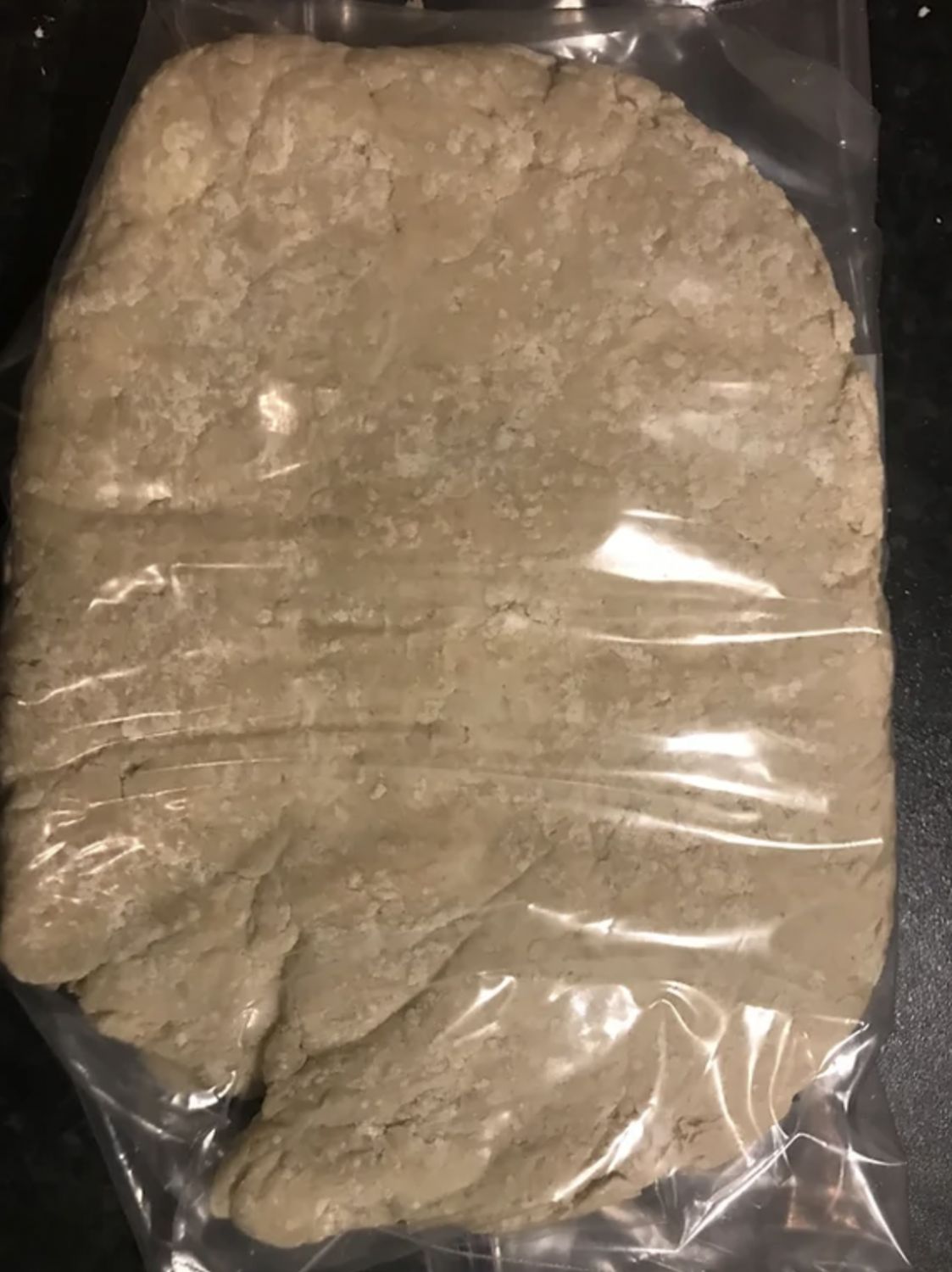
3. After resting again remove from the ziplock bag and place onto a work surface lightly dusted with cornflour. Roll the dough with a rolling pin to make the dough much thinner and easier to work with roughly 30cm by 15cm (this may take some effort). When ready cut the dough into 2 equal pieces.
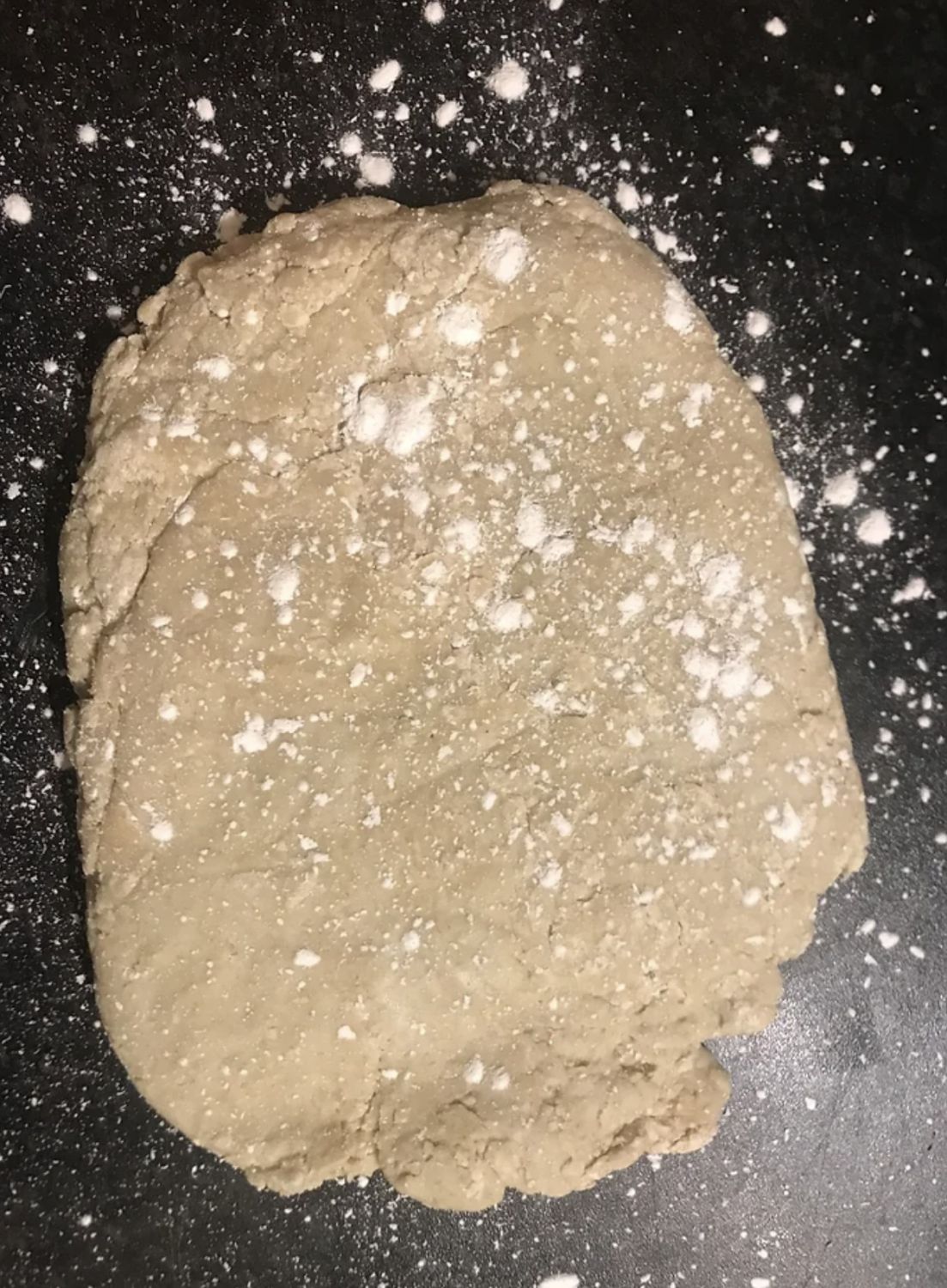
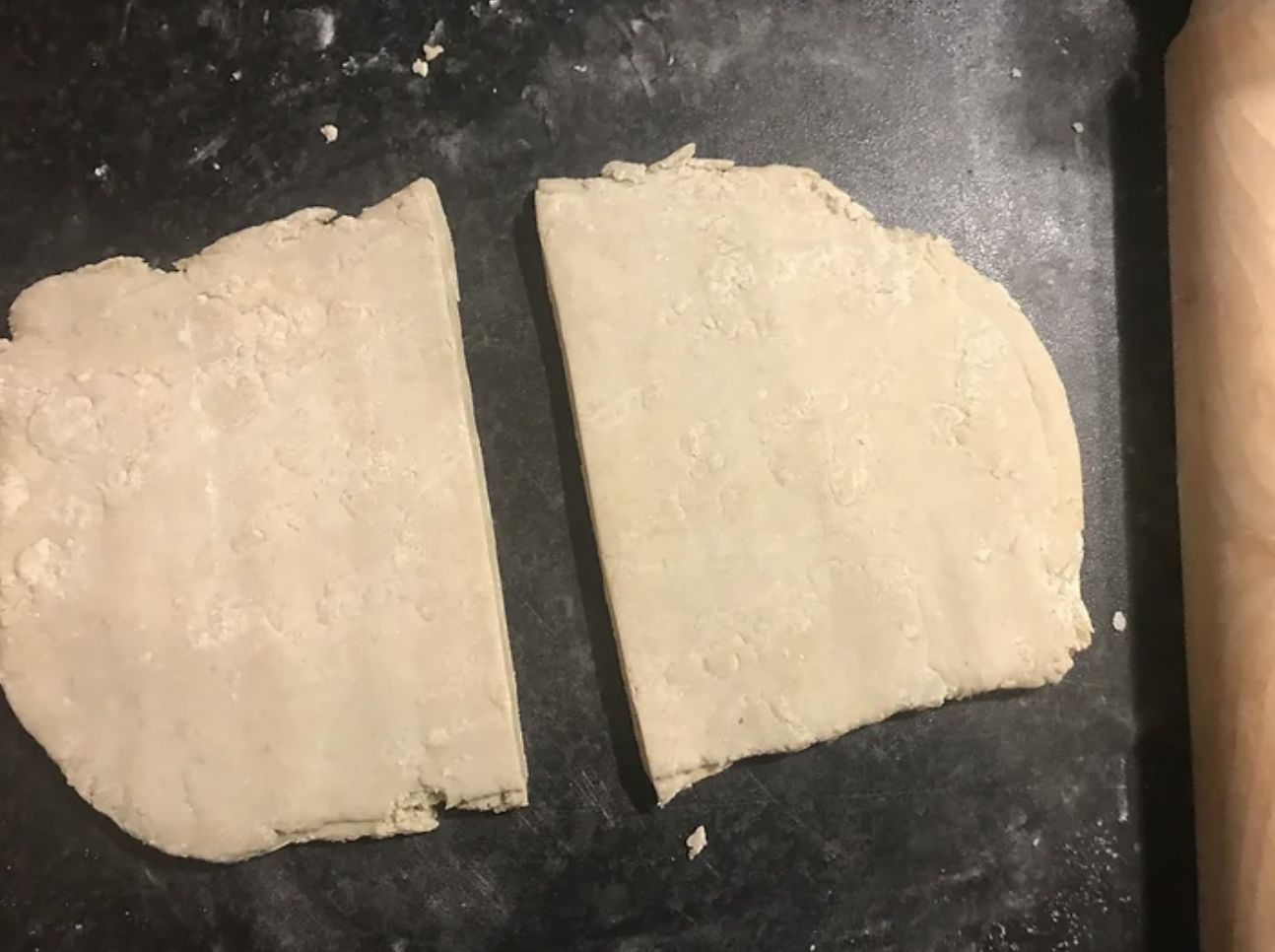
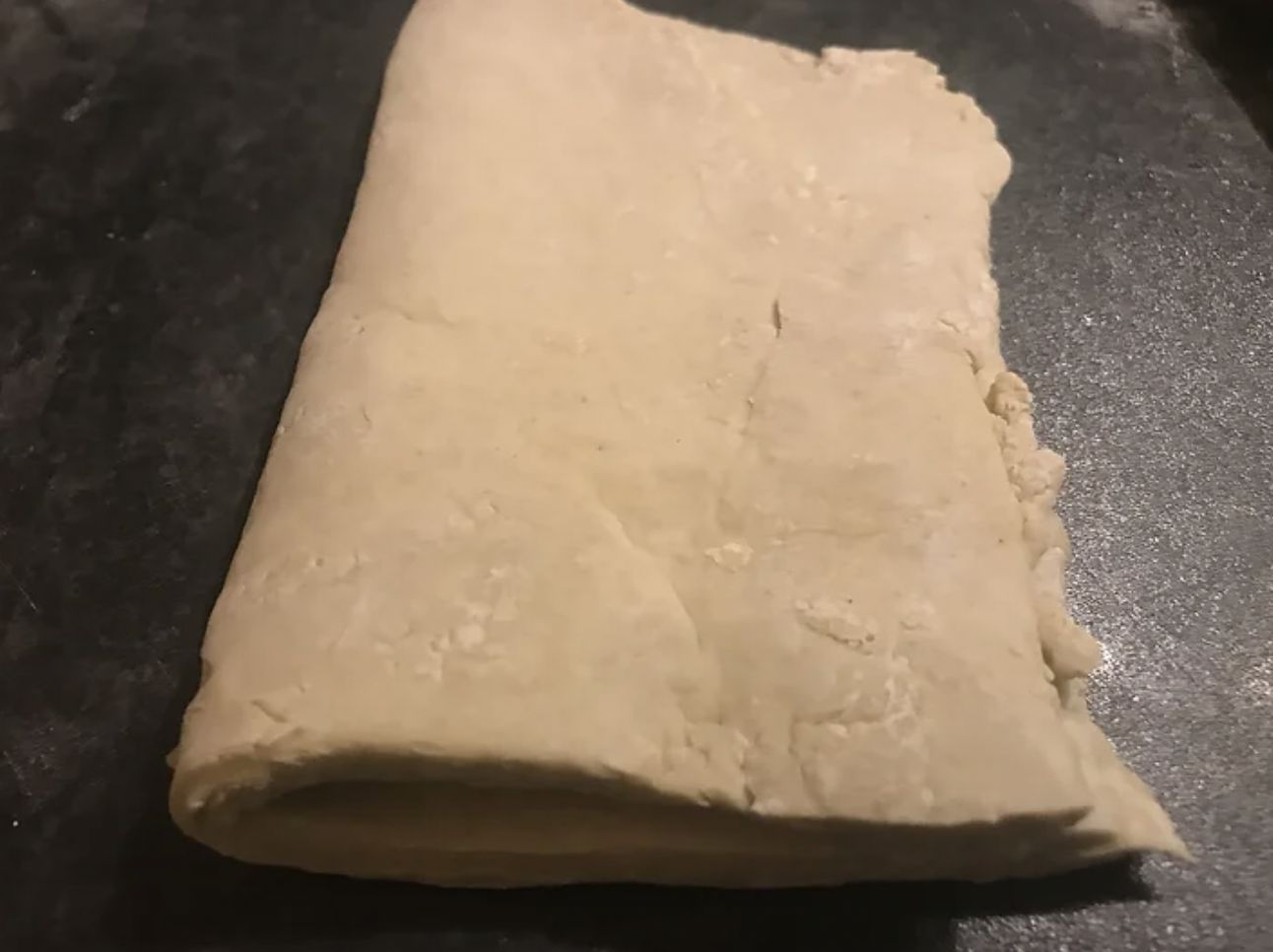
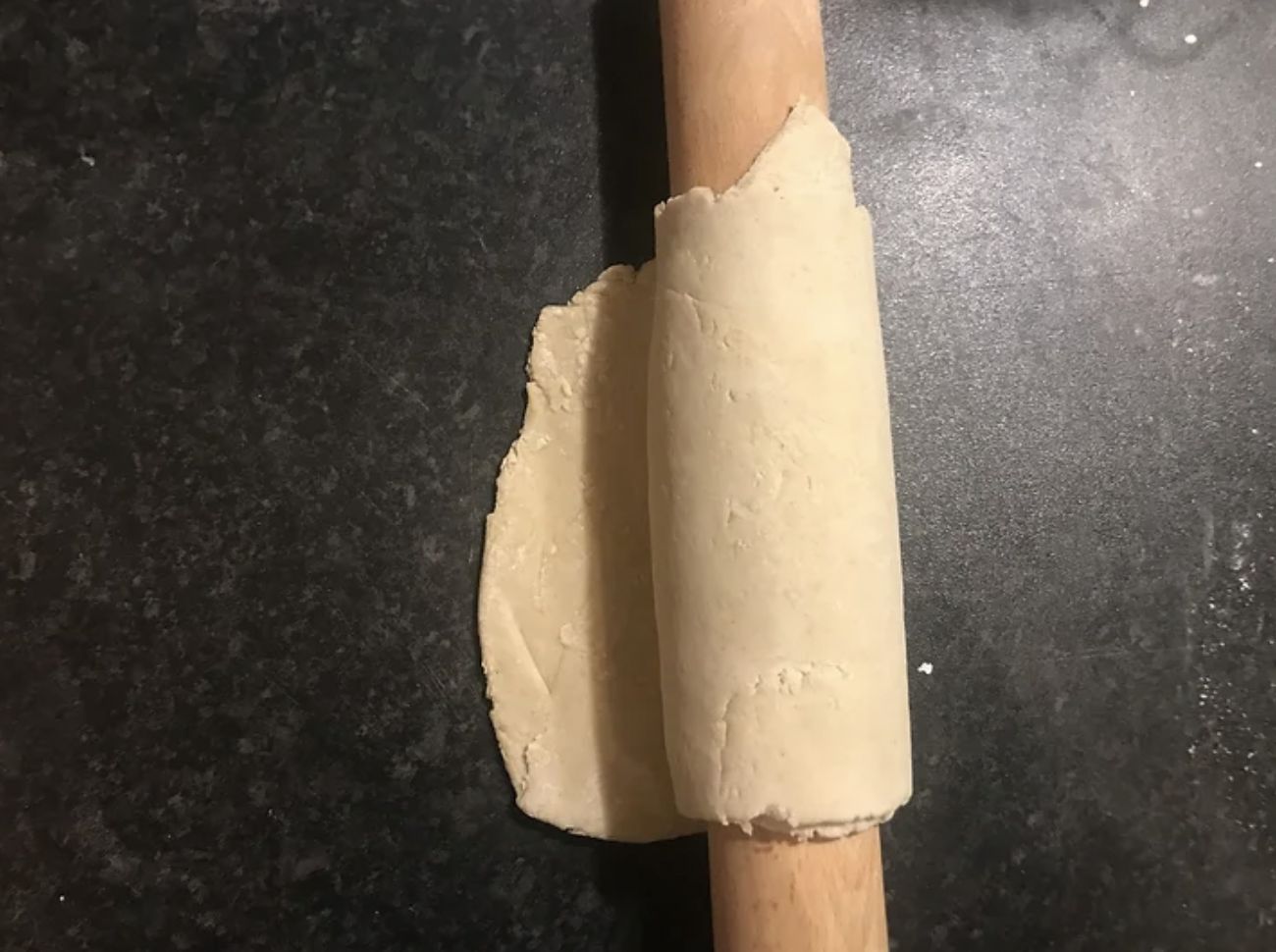
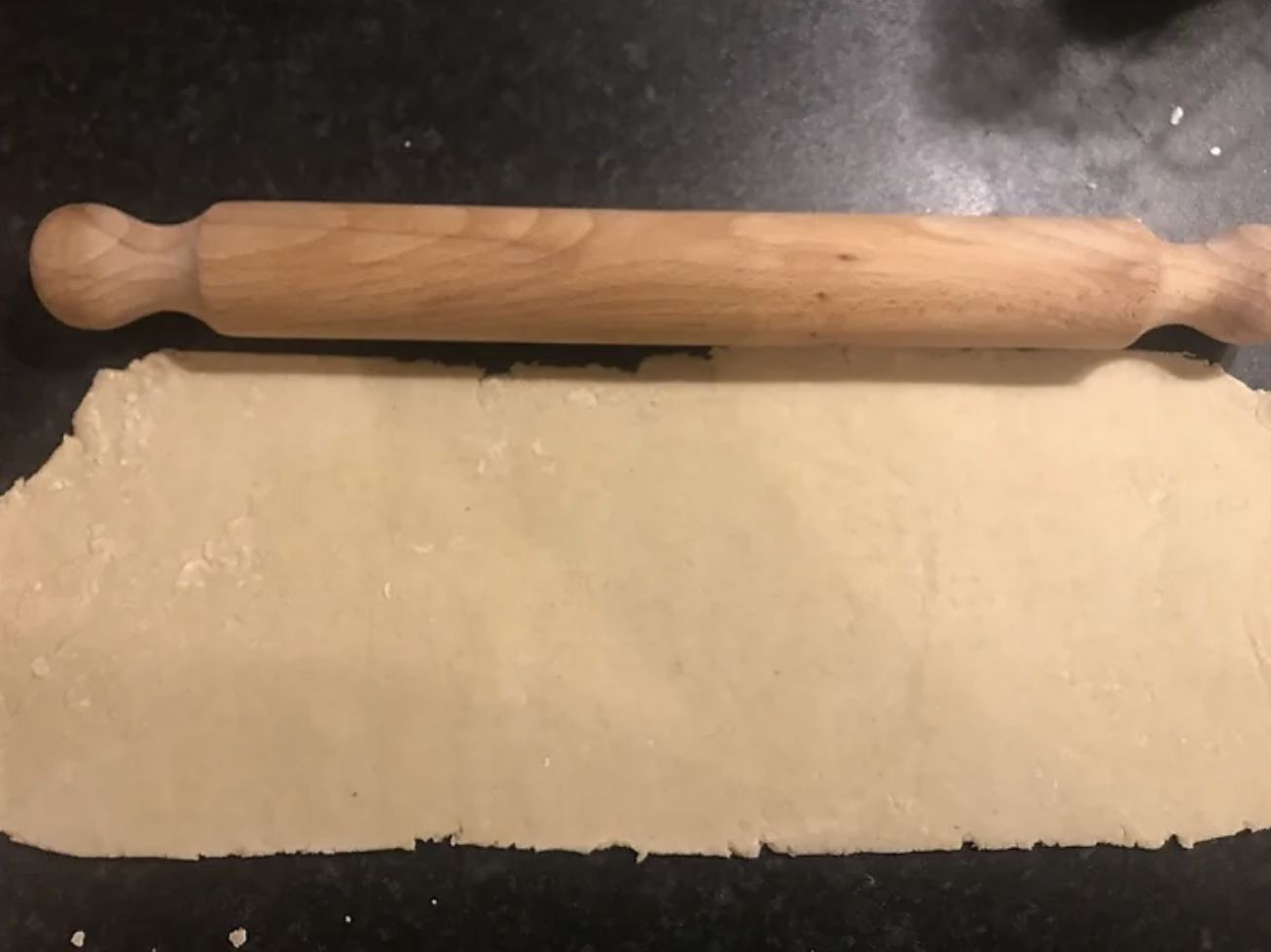
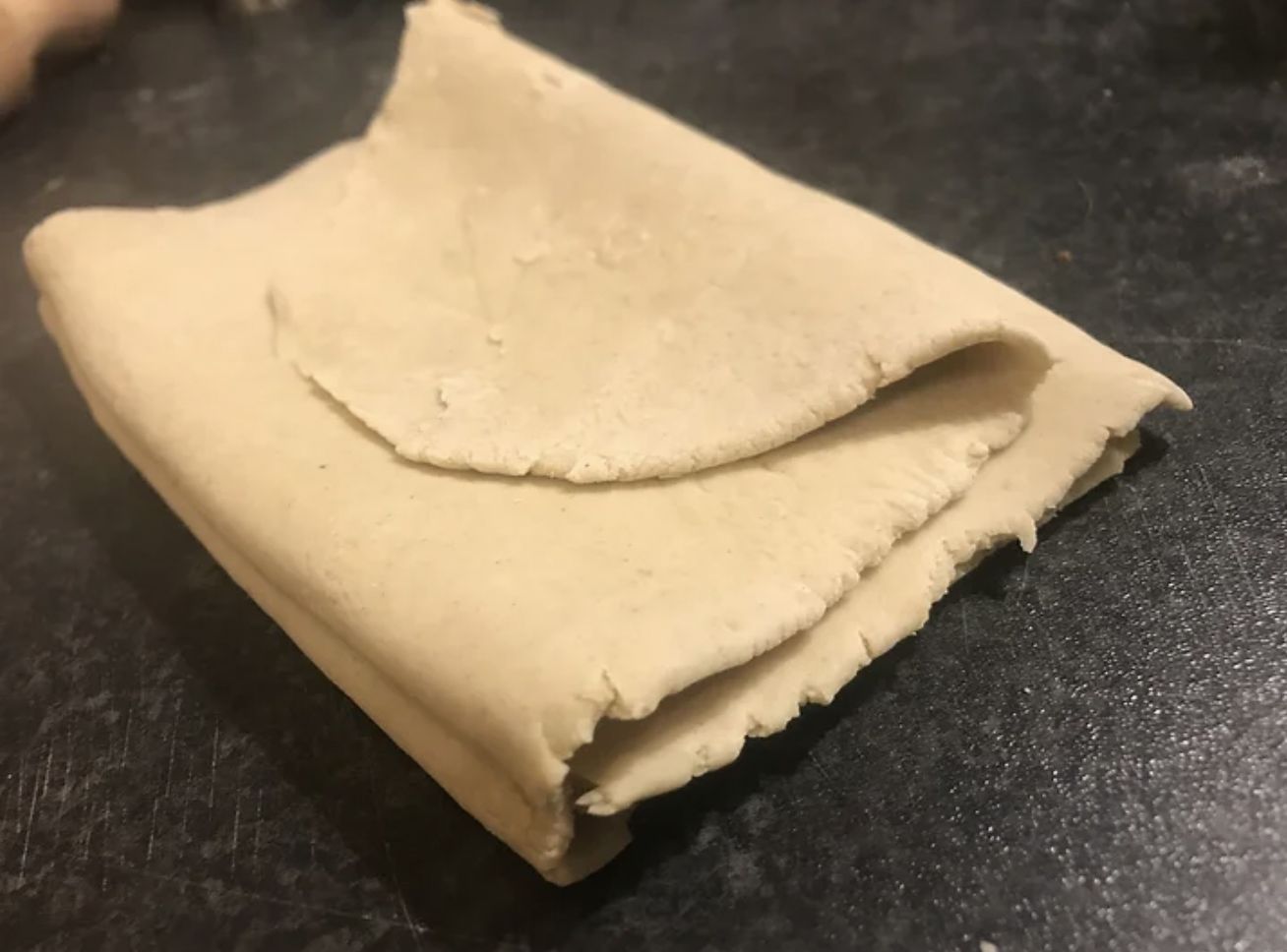
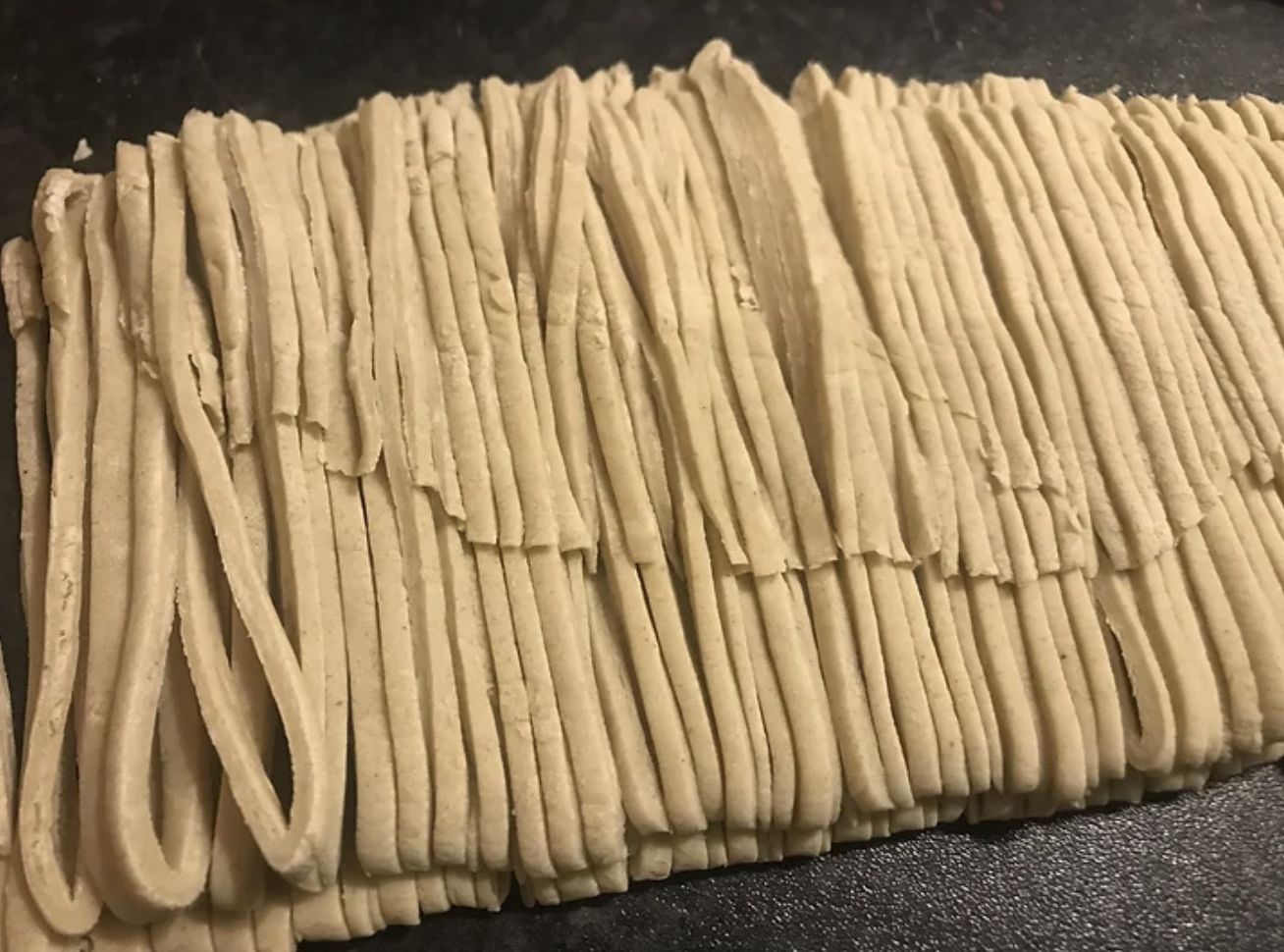
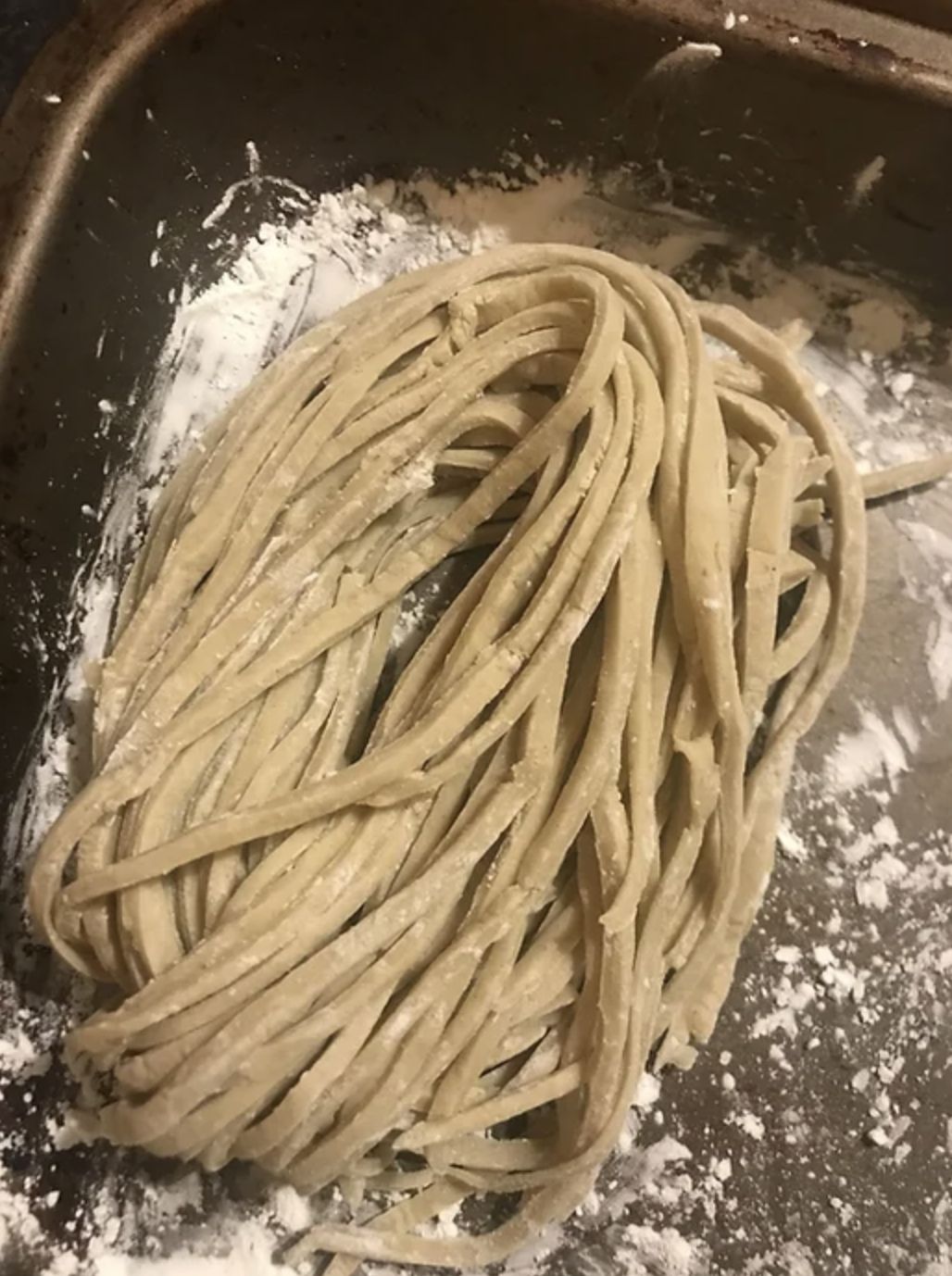
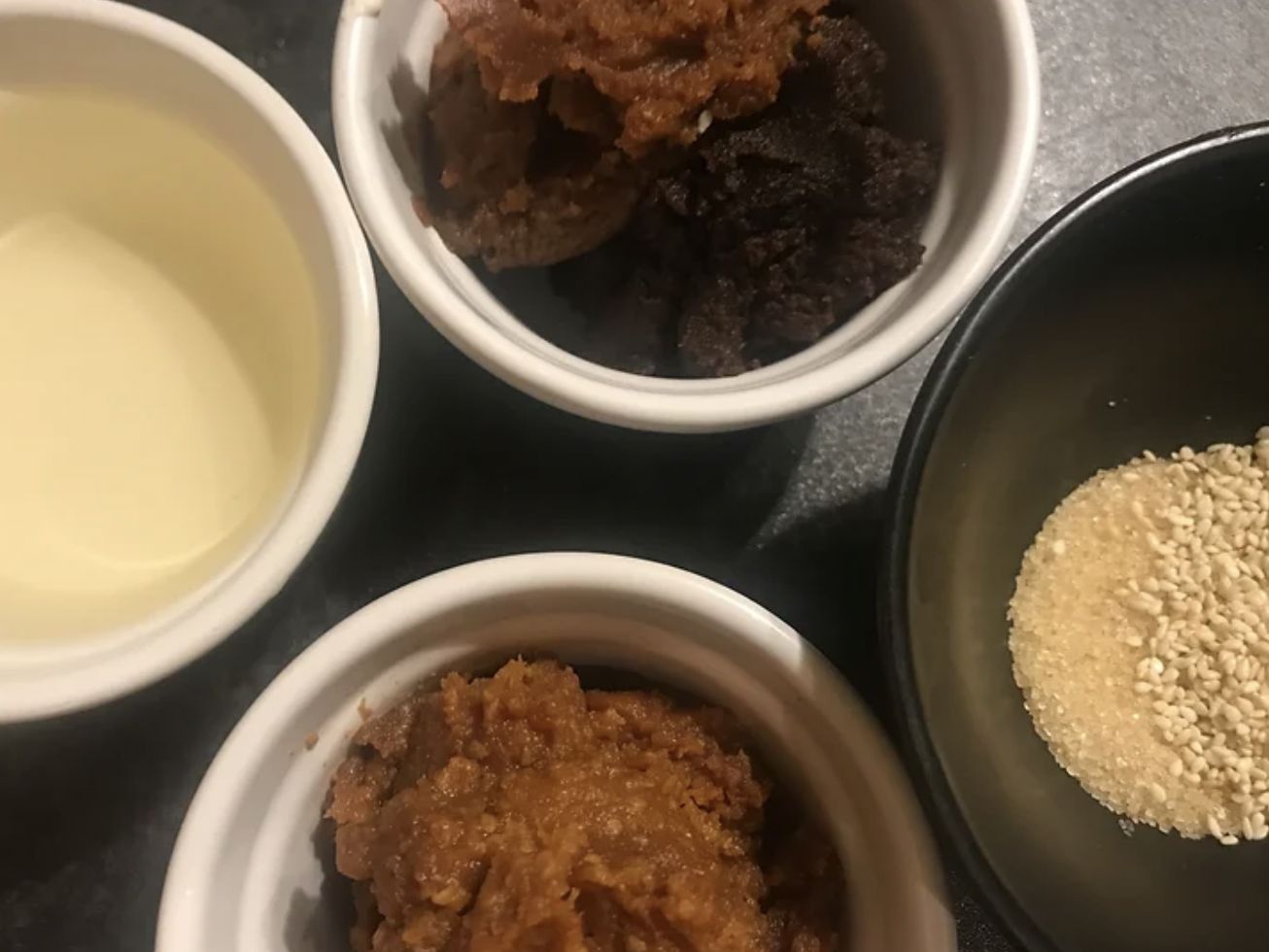
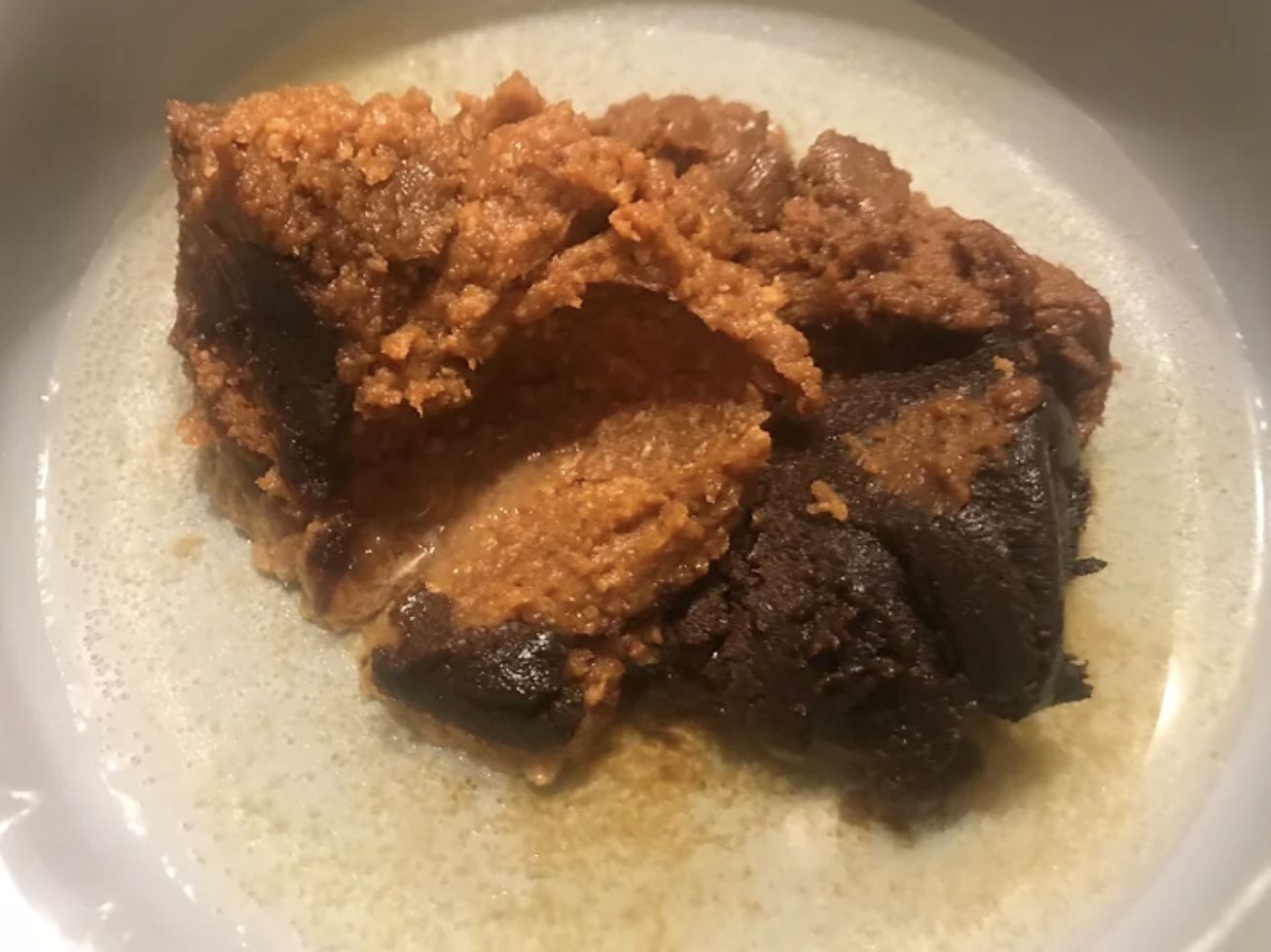
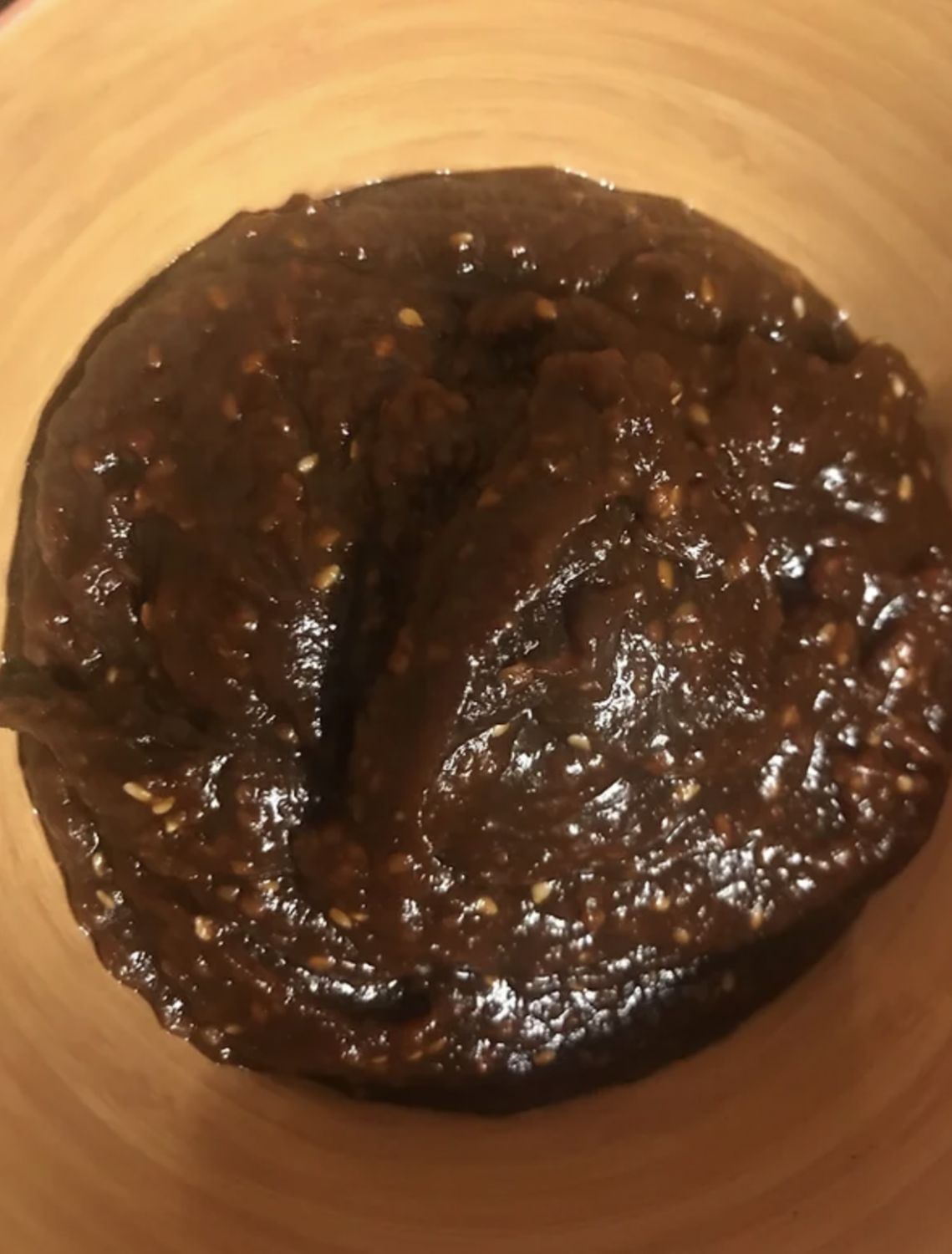
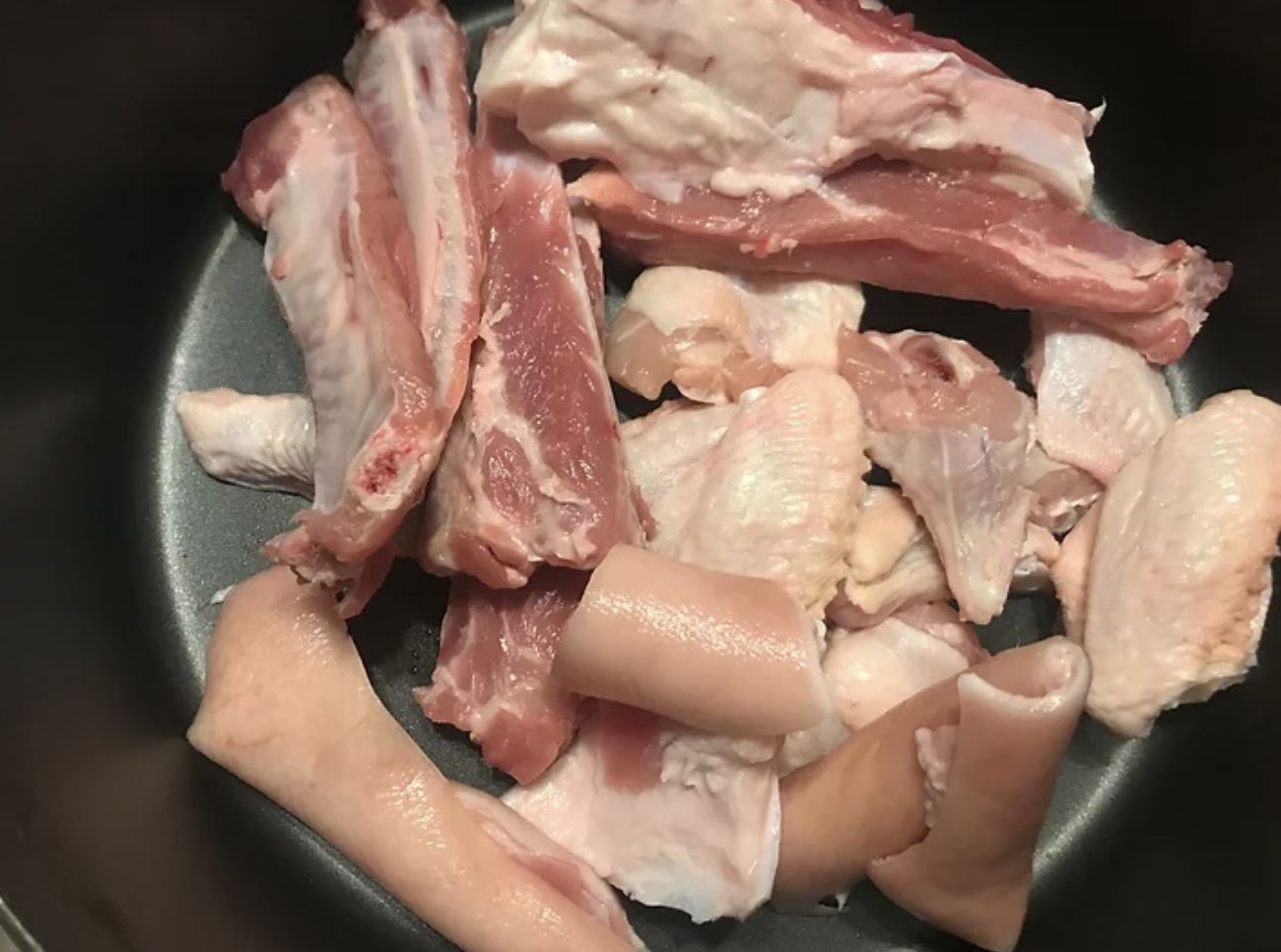
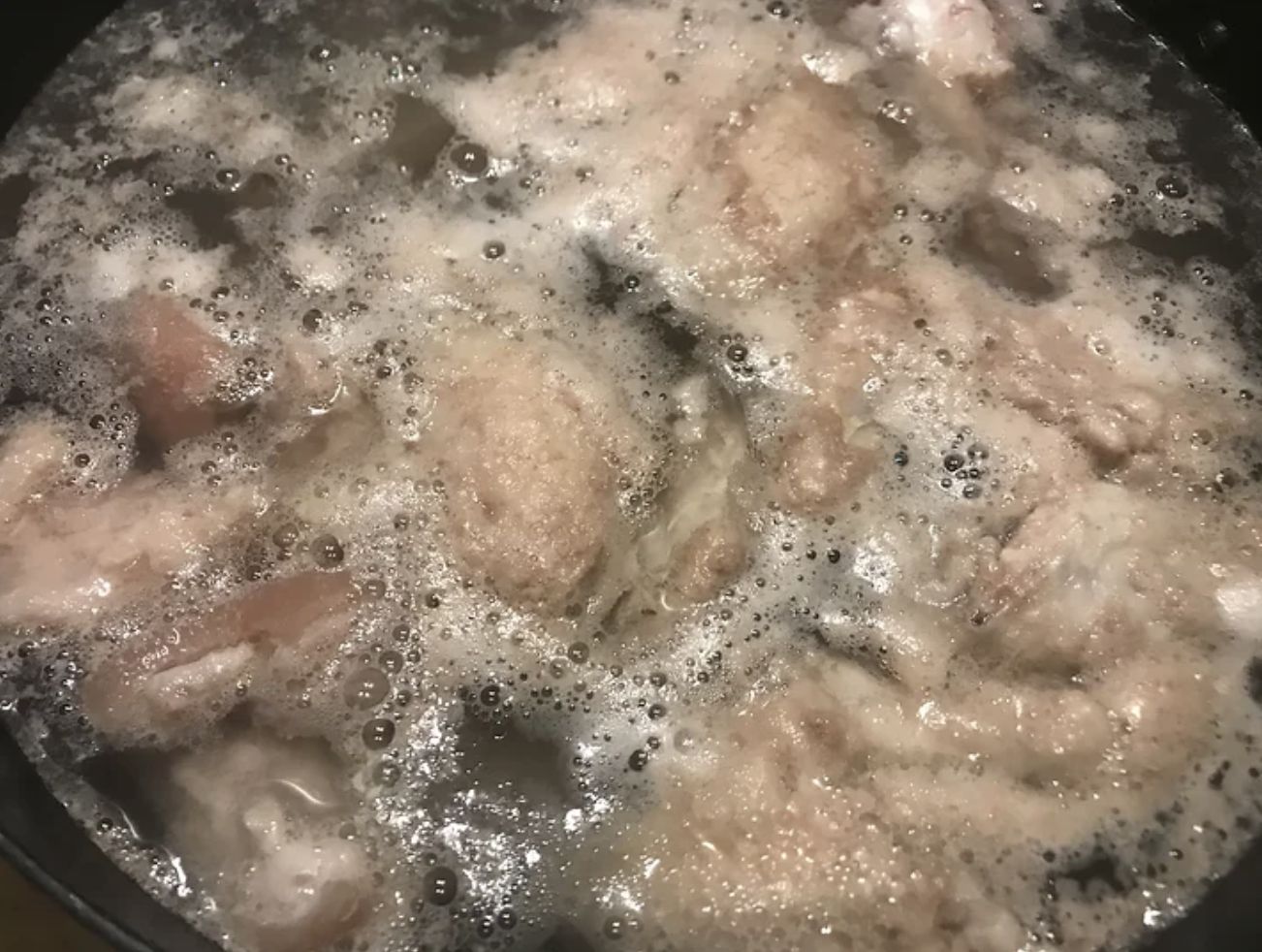
2. Now add to the broth 2 pieces of kombu, 1 chopped leek, 1 whole garlic bulb sliced in to 2, 1 sliced white onion, 1 peeled potato, 100g sliced ginger and 6 dry shitake mushrooms. Bring the broth up to a boil, then turn down to a simmer. Place a lid on the broth and cook slowly for at least 5 hours. (You could use a pressure cooker if you prefer to cut the time down to 2 hours).
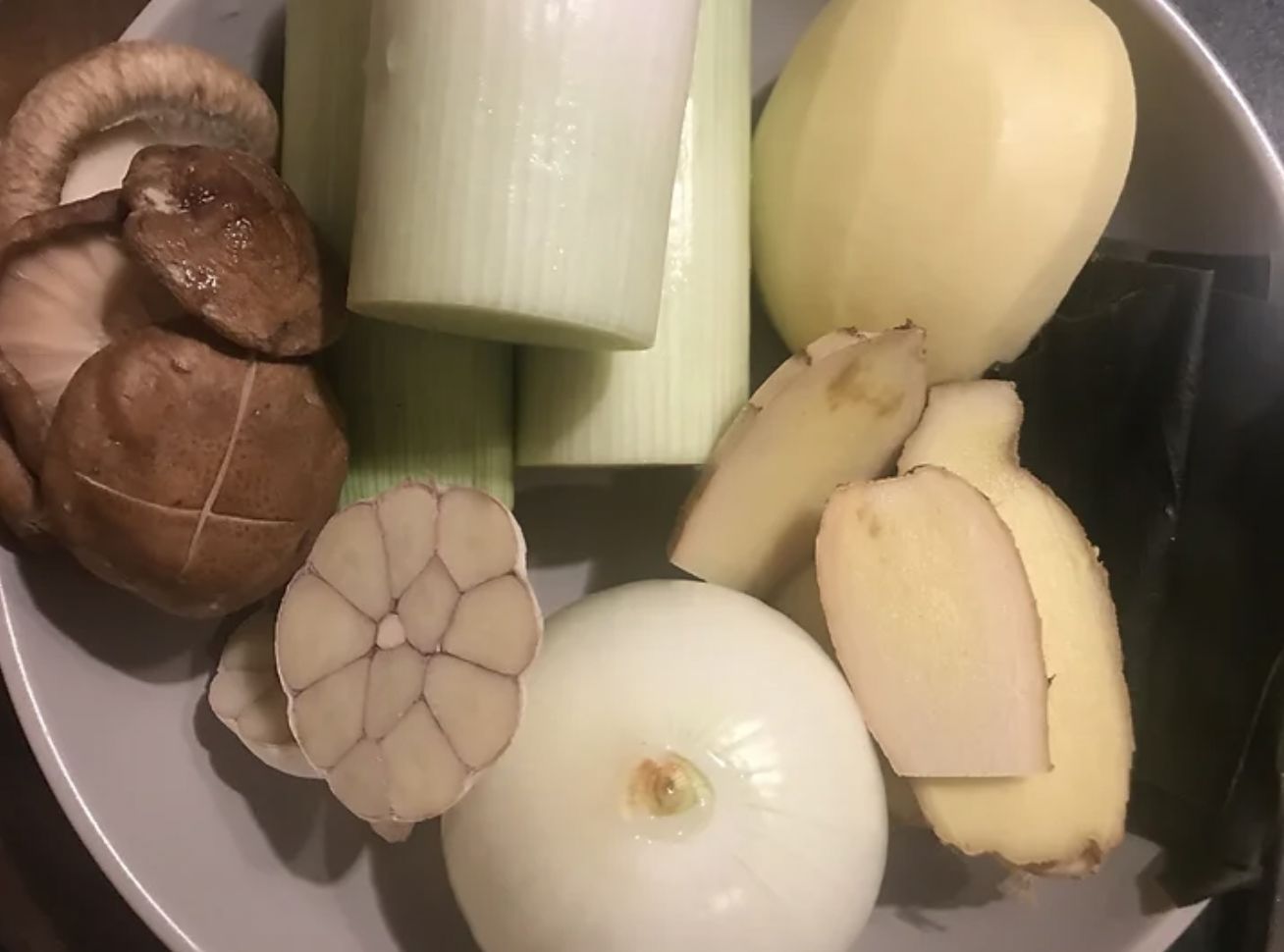
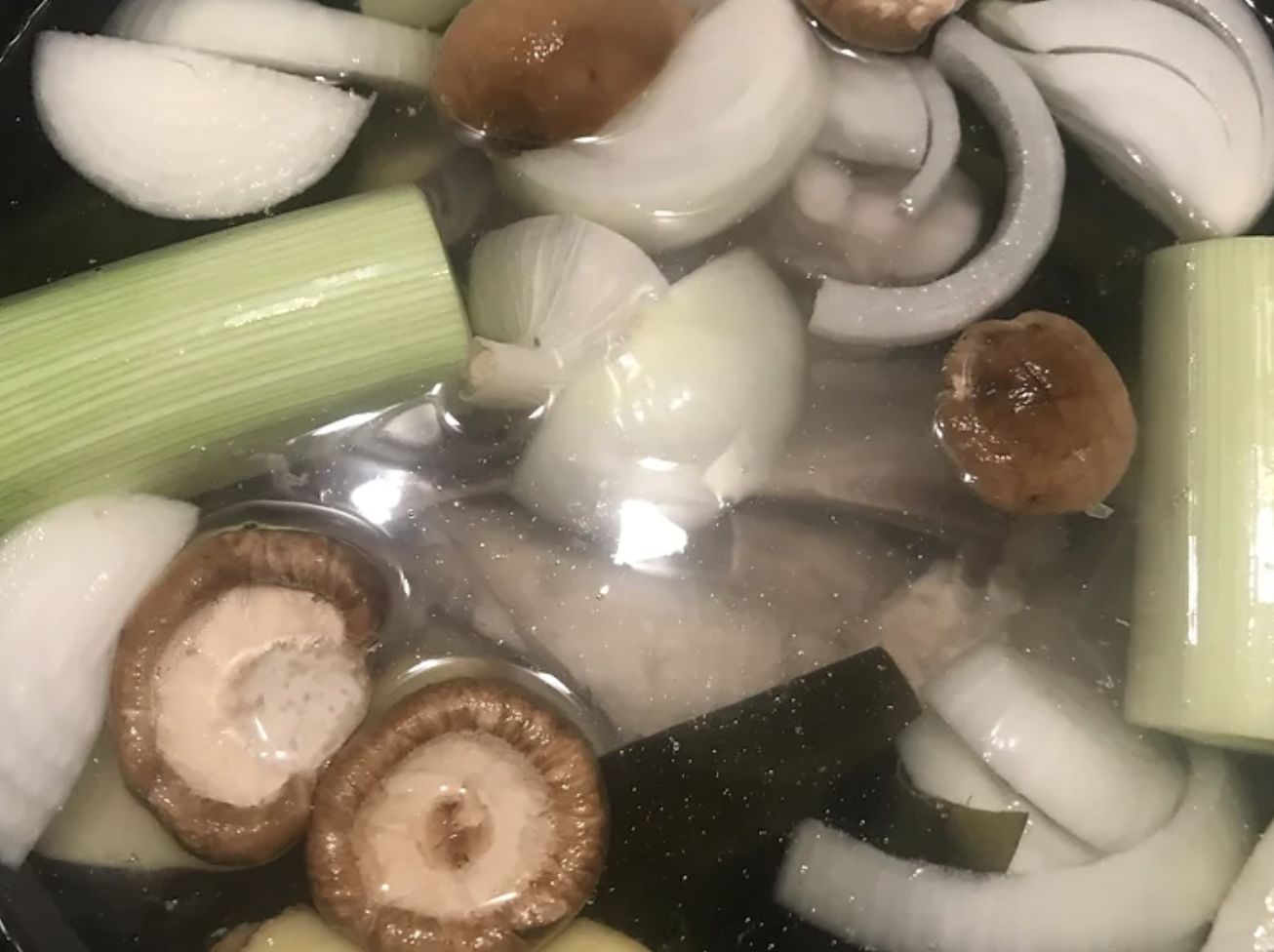
3. Whilst we are waiting on the broth to cook we can now prepare the other ingredients, start with the chashu. Roll the pork belly slab into a tight cylinder then tie the pork tightly with kitchen string. Add the tied belly pork to a pan and add 500ml of water, 250ml light soy, 125ml mirin, 3 tbsp light brown sugar, 2 tbsp honey, 6 crushed garlic cloves, 2 spring onions and 2 star anise. Cook the chashu with a lid on on a medium heat for 2 hours turning the pork every 30 minutes. When cooked the pork should almost have a slight wobble, allow to cool and store in the fridge to chill. Keep the remaining chashu stock as we will use this for the soy eggs.
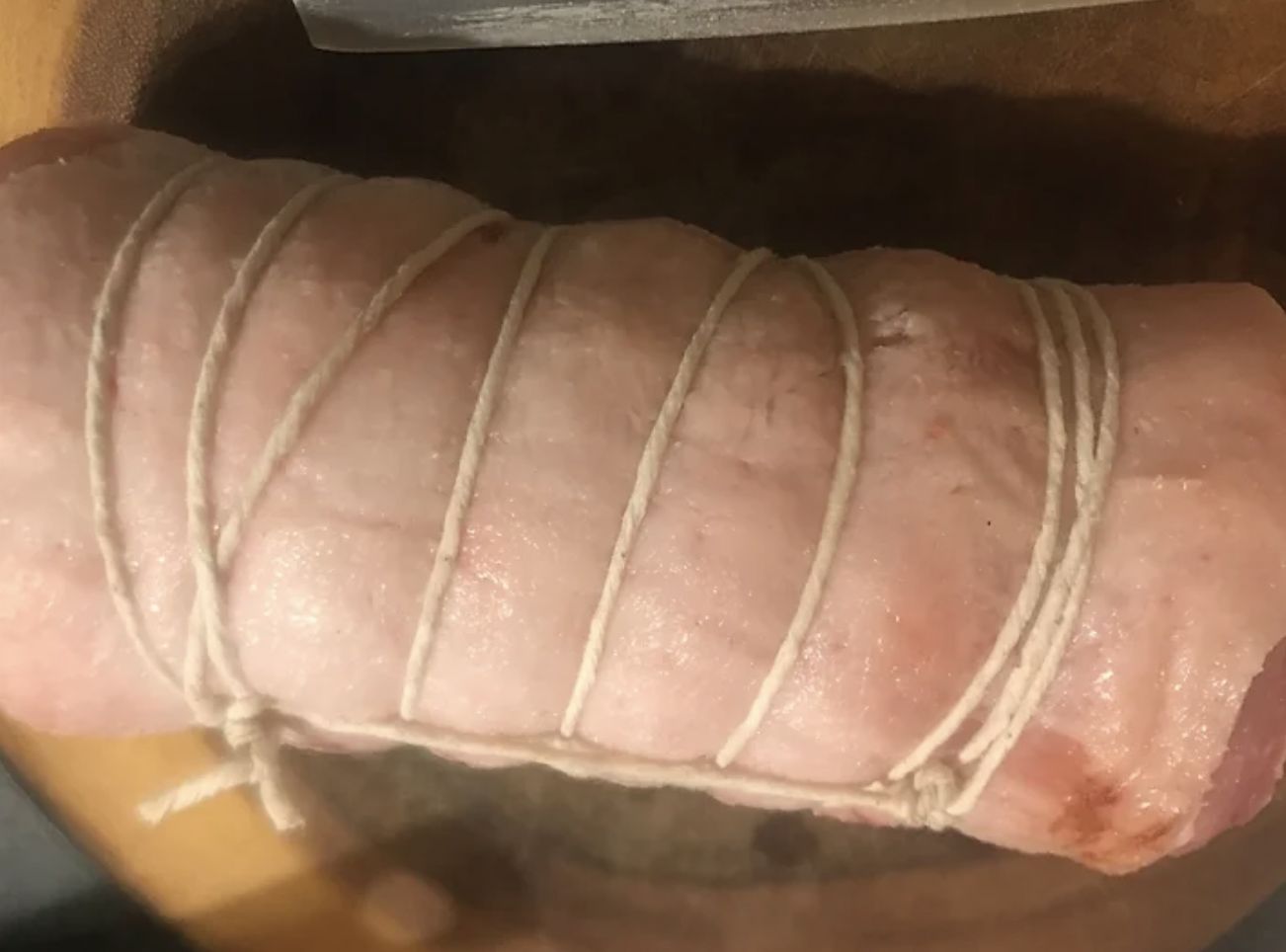
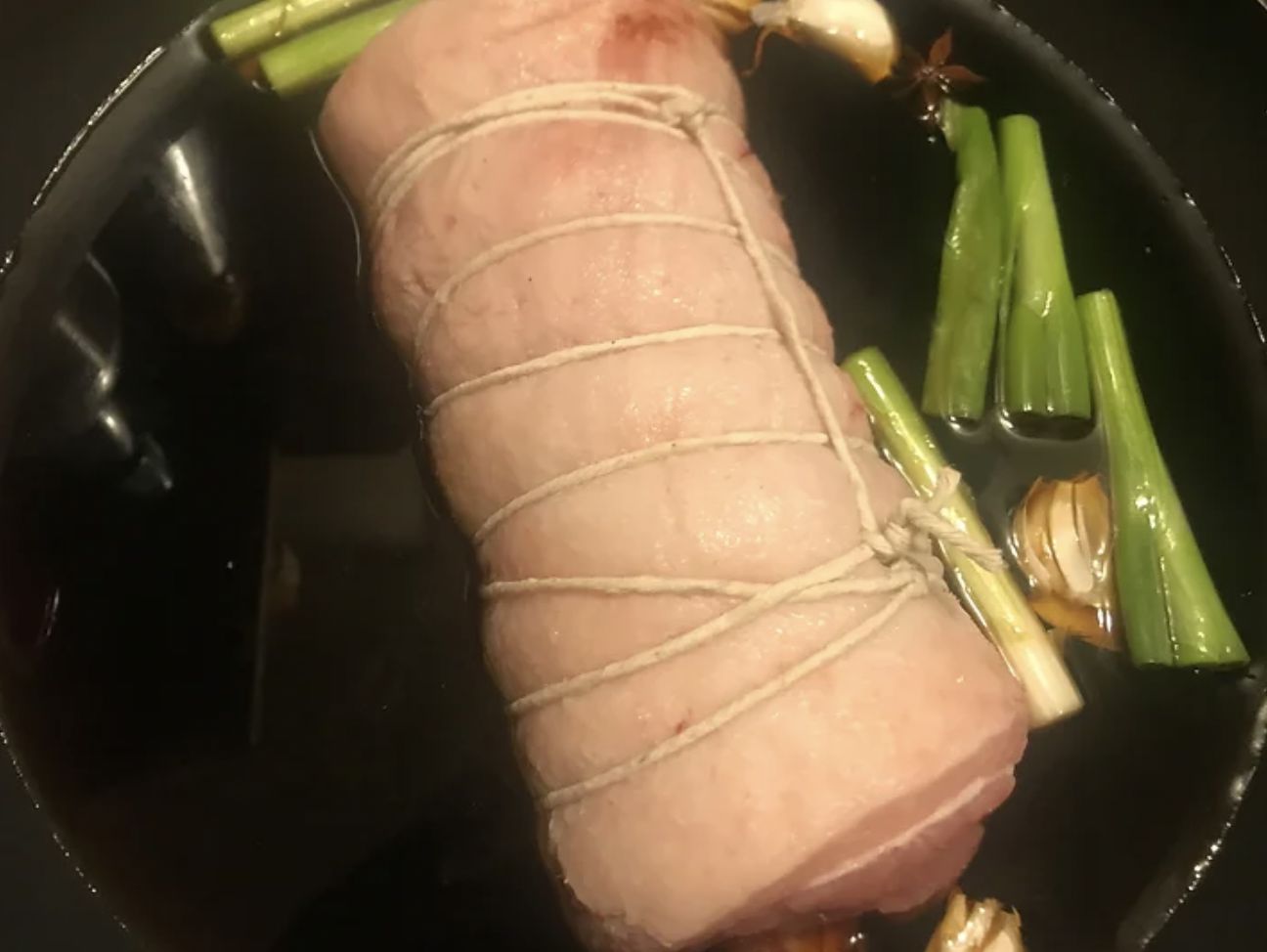

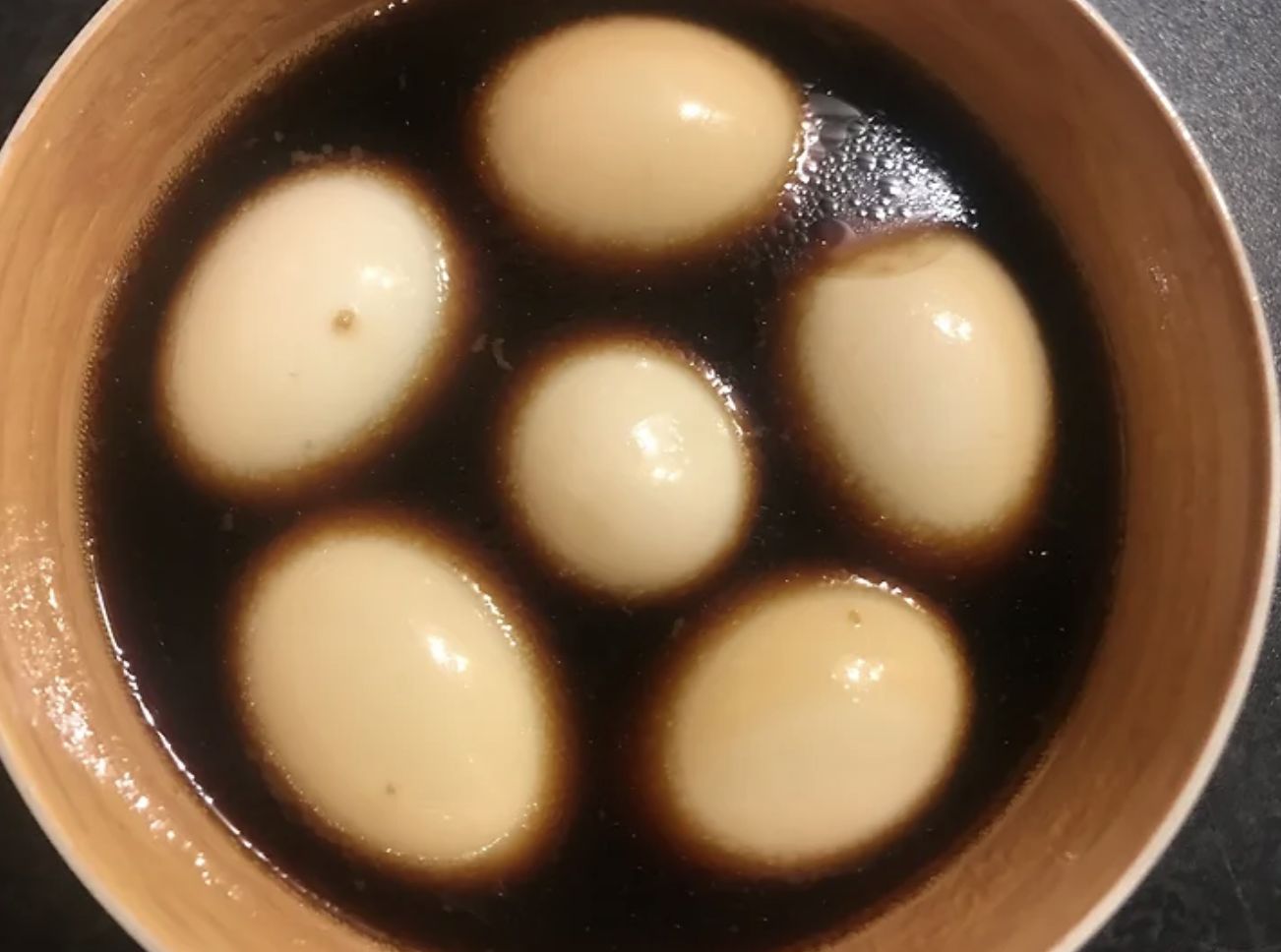

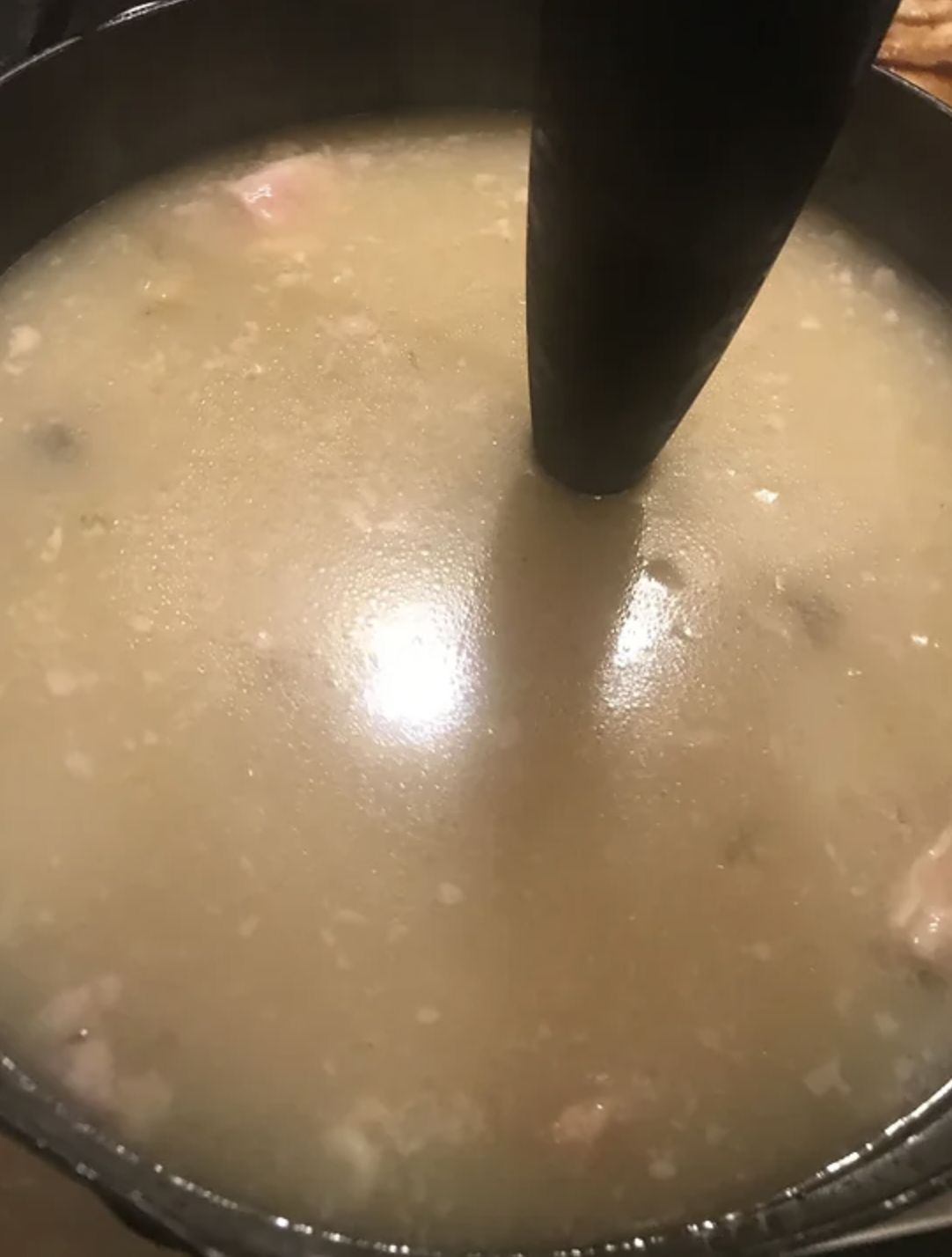
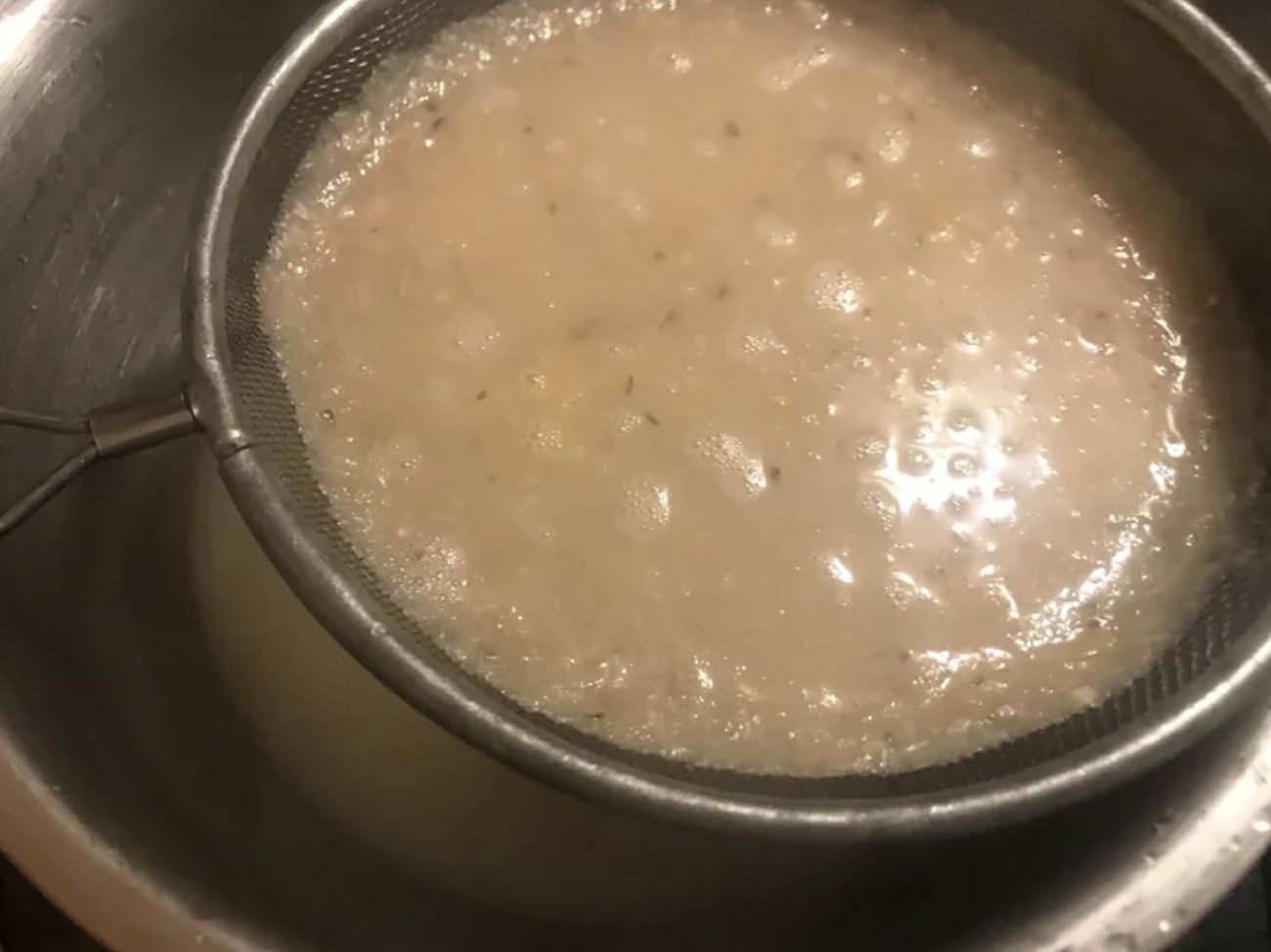
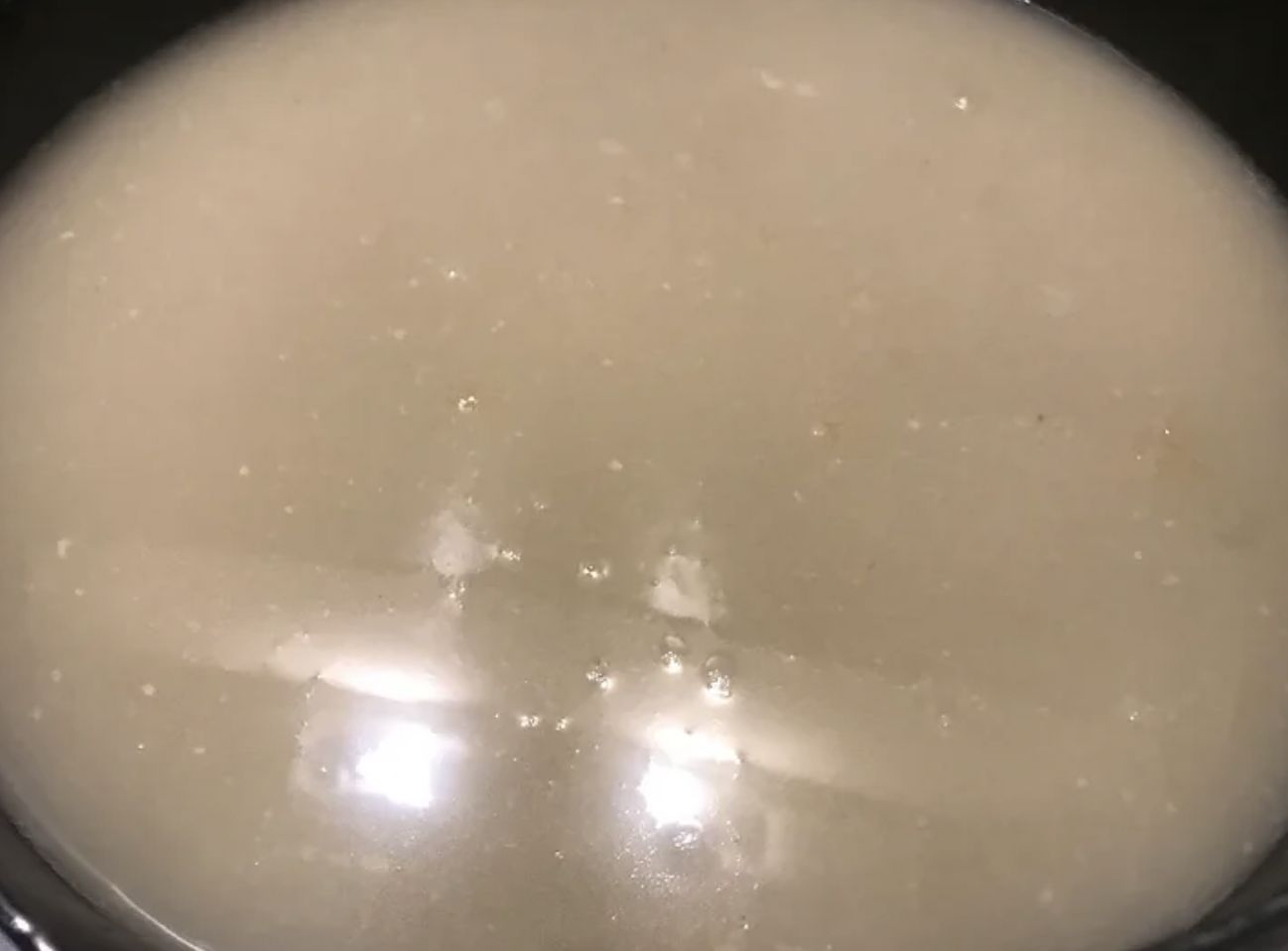
6. Now just a few last things to prepare before we are about to serve. When the chashu has cooled cut into thin slices then lightly blowtorch to reheat or place briefly under a salamander. For the rest of the toppings finely slice spring onions, char and slice the sweetcorn, cut the carrot and onion into a julienne, finely chop ginger and garlic, and place the mince pork to one side. To make a garlic oil simply fry garlic in a generous amount of oil until the garlic becomes golden brown. Remove the garlic and place the oil to one side.
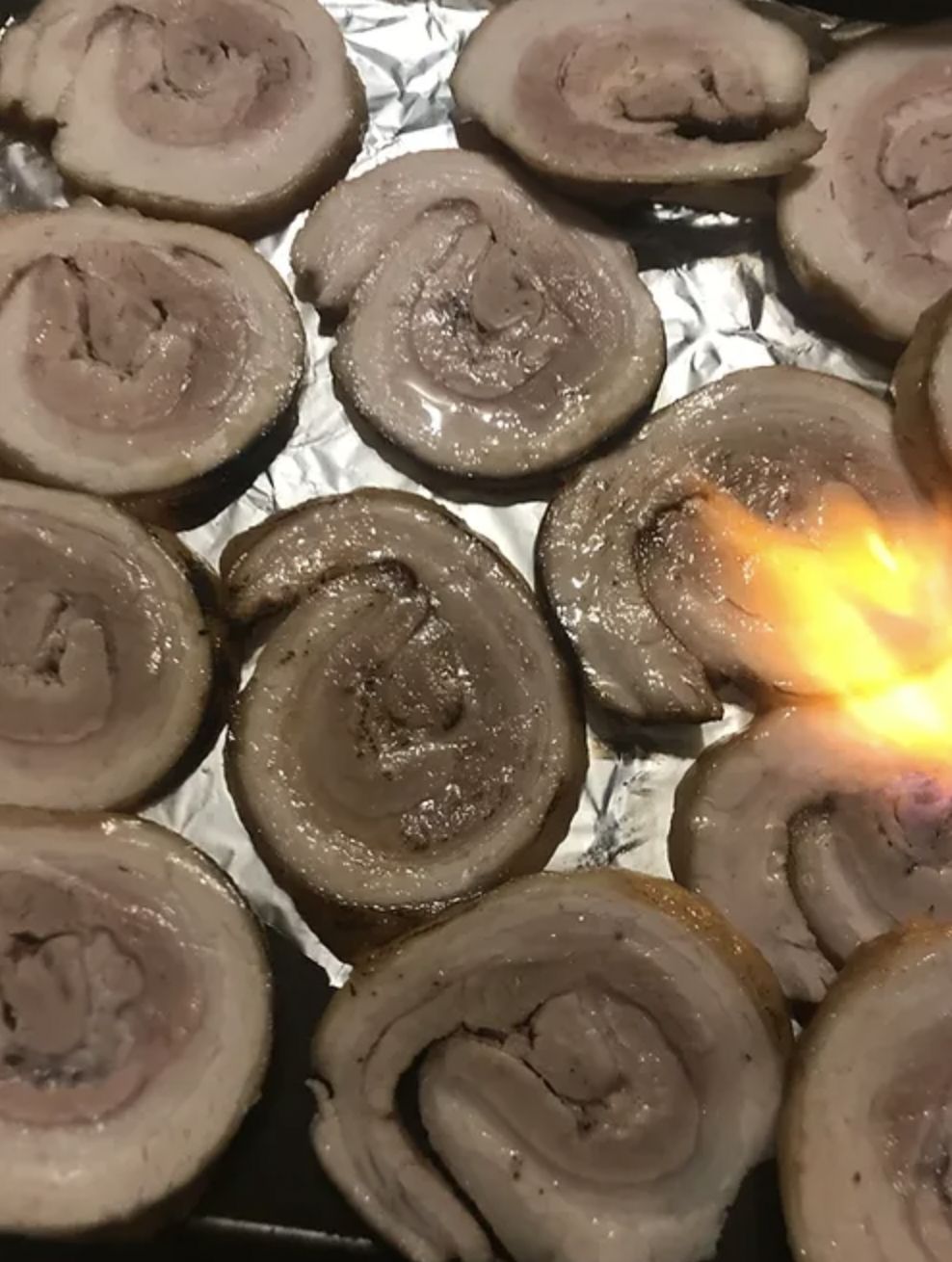
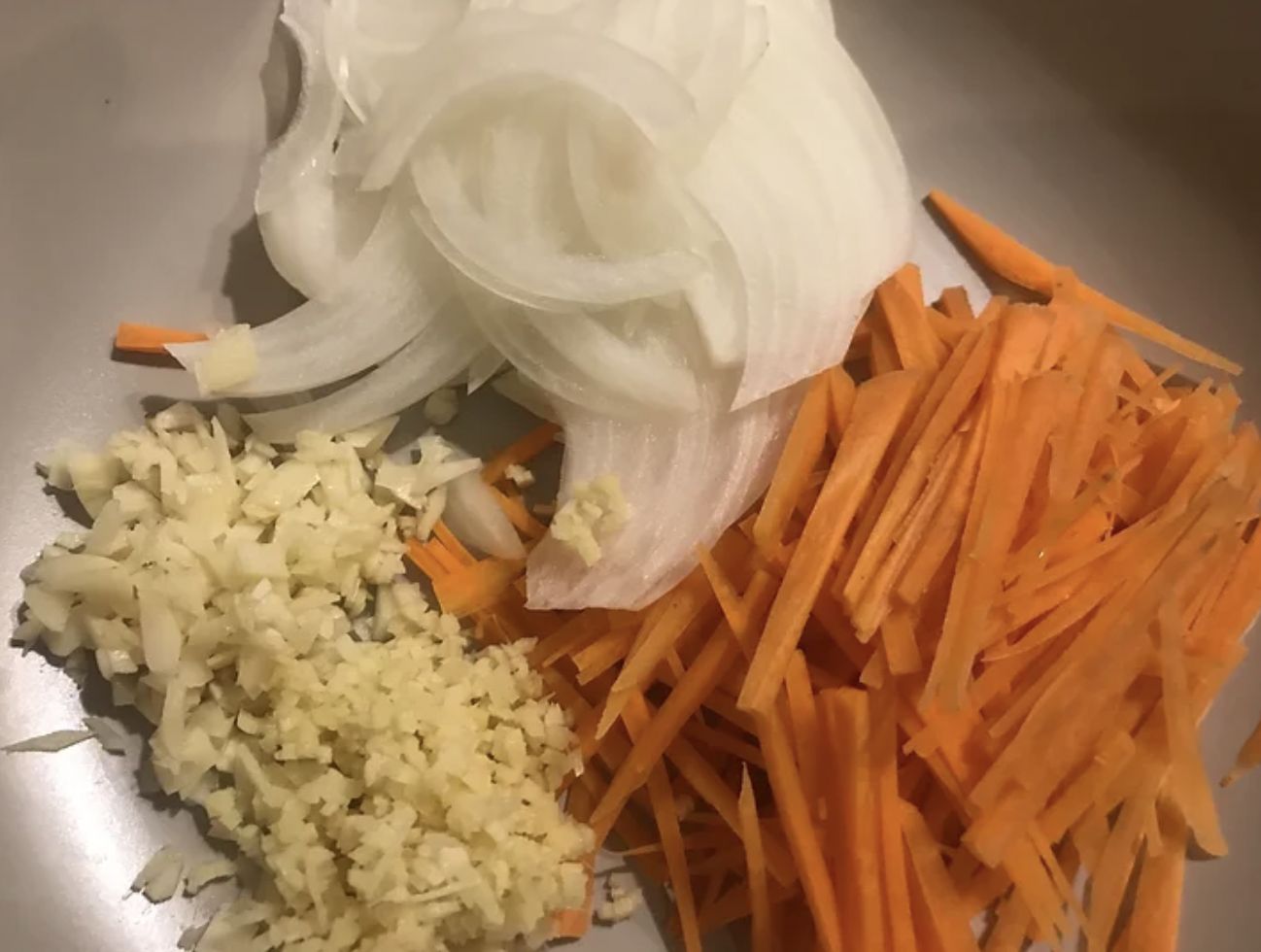
7. Now everything is ready we can now prepare the ramen, in a pan add a drizzle of oil and add the pork mince, chopped garlic, ginger, carrot and onion. Fry until the pork is cooked then add a few tsps of Korean chilli paste and mix. Now ladle in some of the broth and 2-3 tbsps of the miso tare. Bring up to the boil and adjust the seasoning by adding either more tare or more stock if too strong. Just before serving add the noodles in batches to boiling water and cook for 1 minute or until cooked (depending how thick you cut the noodles). repeat this process until there’s enough servings.
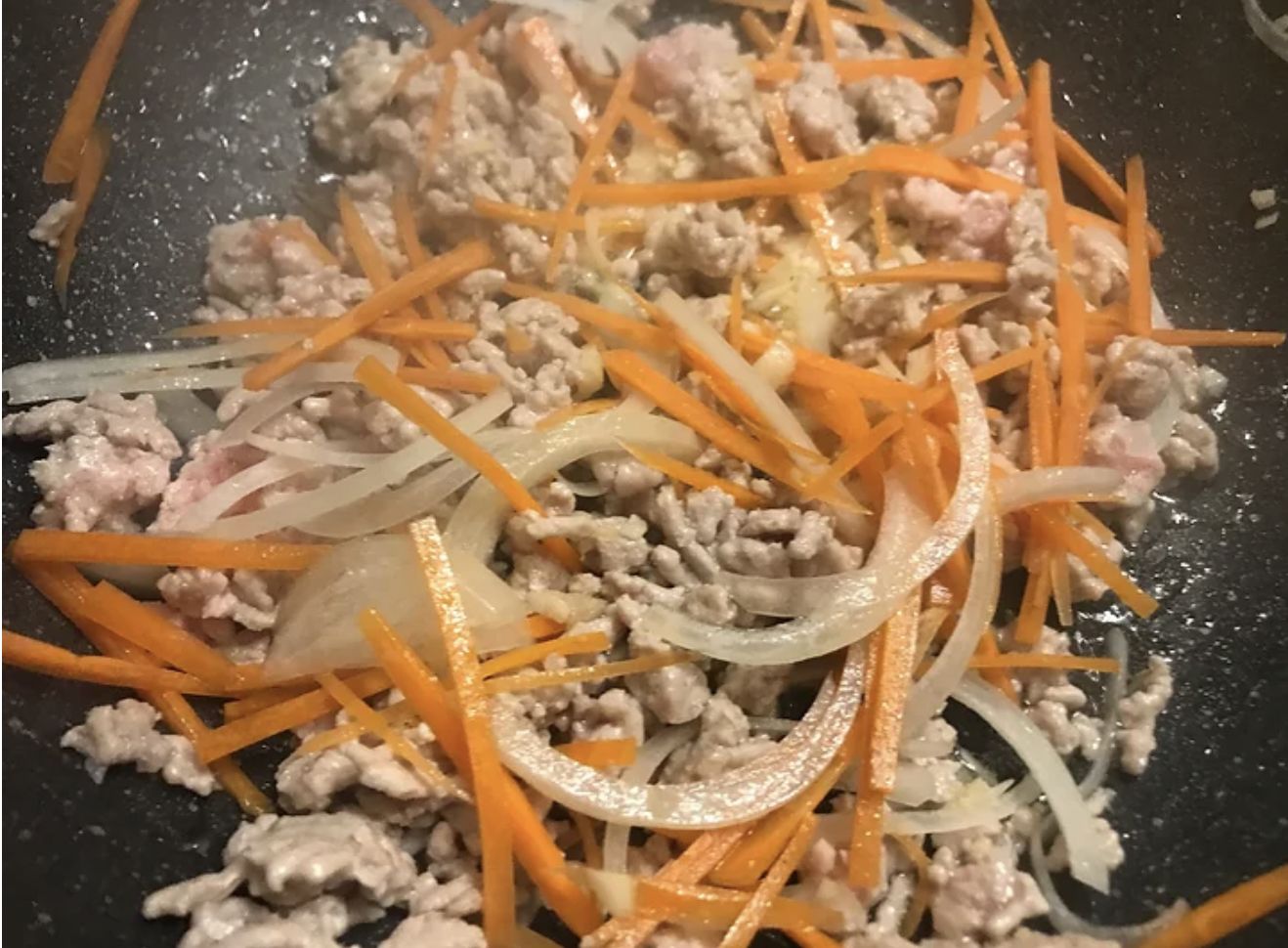
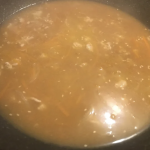
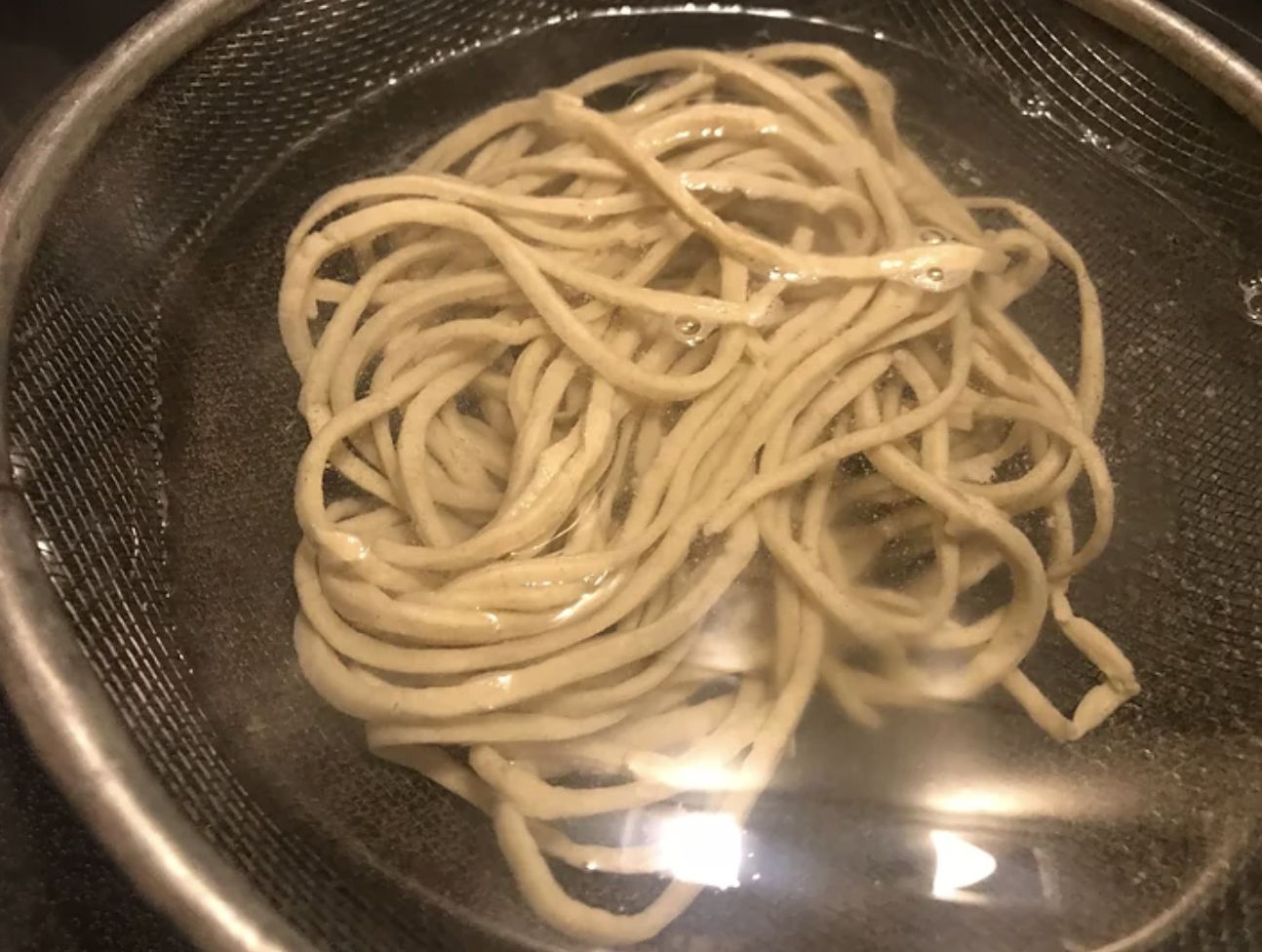
8. To build each bowl of ramen start by drizzling some of the garlic oil and chilli oil to the bottom of the bowl. When the noodles are cooked place into the bowl then ladle over the finished broth. Now add slices of chashu, the soy egg, sweetcorn and some finely sliced spring onions. Drizzle a little more chilli oil on top if you like then take a deep breath as you have earned it and have that noodle dream!!! Hope you enjoy this recipe…


